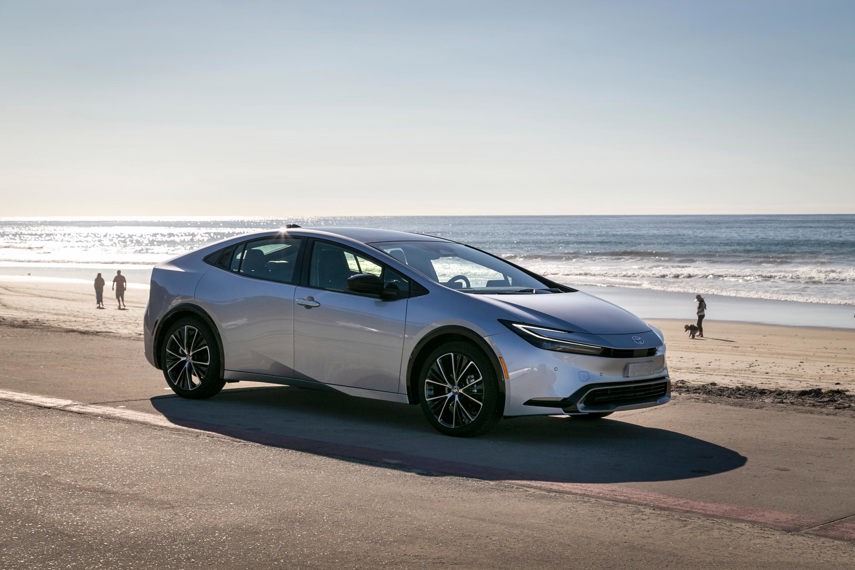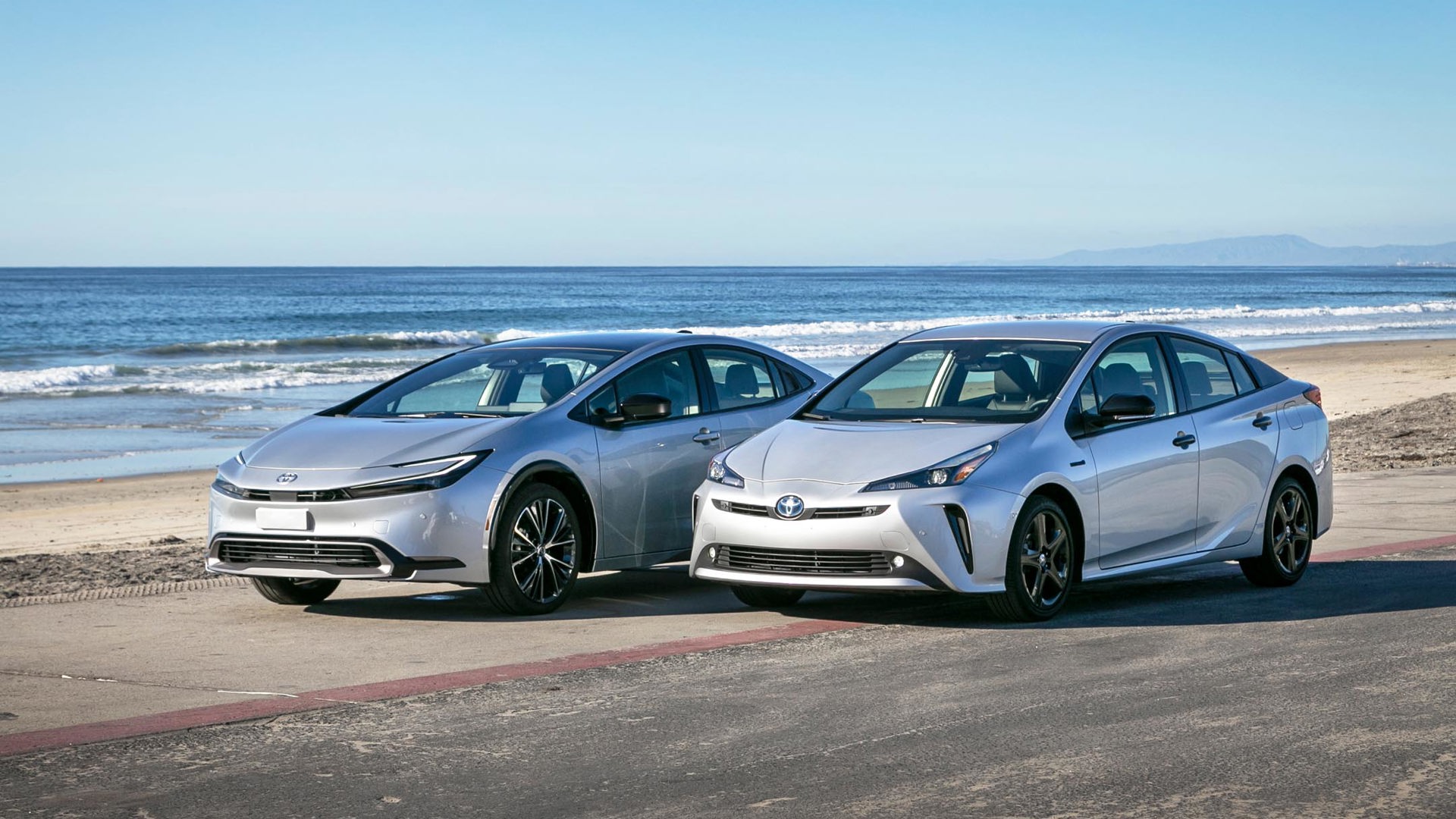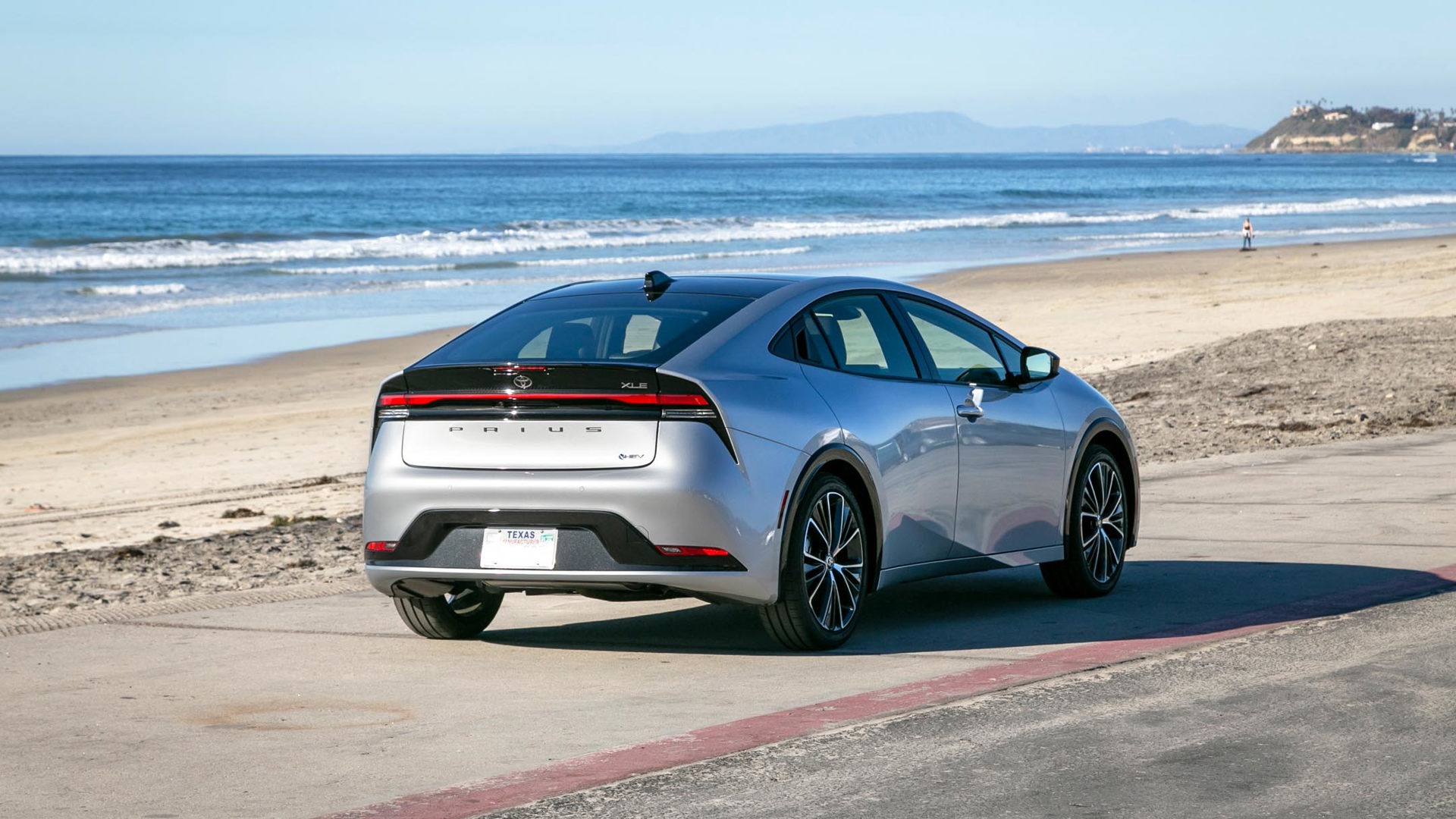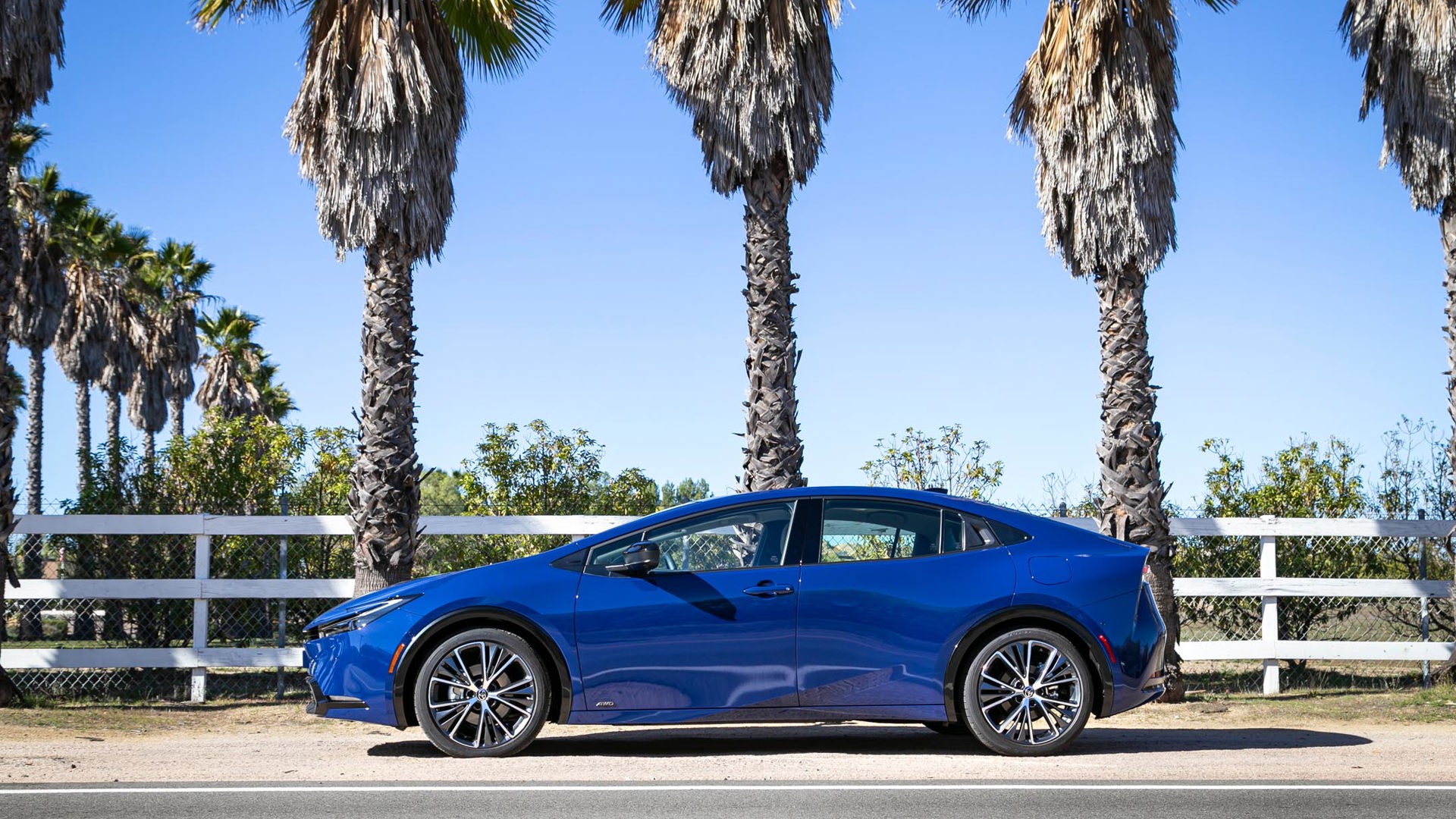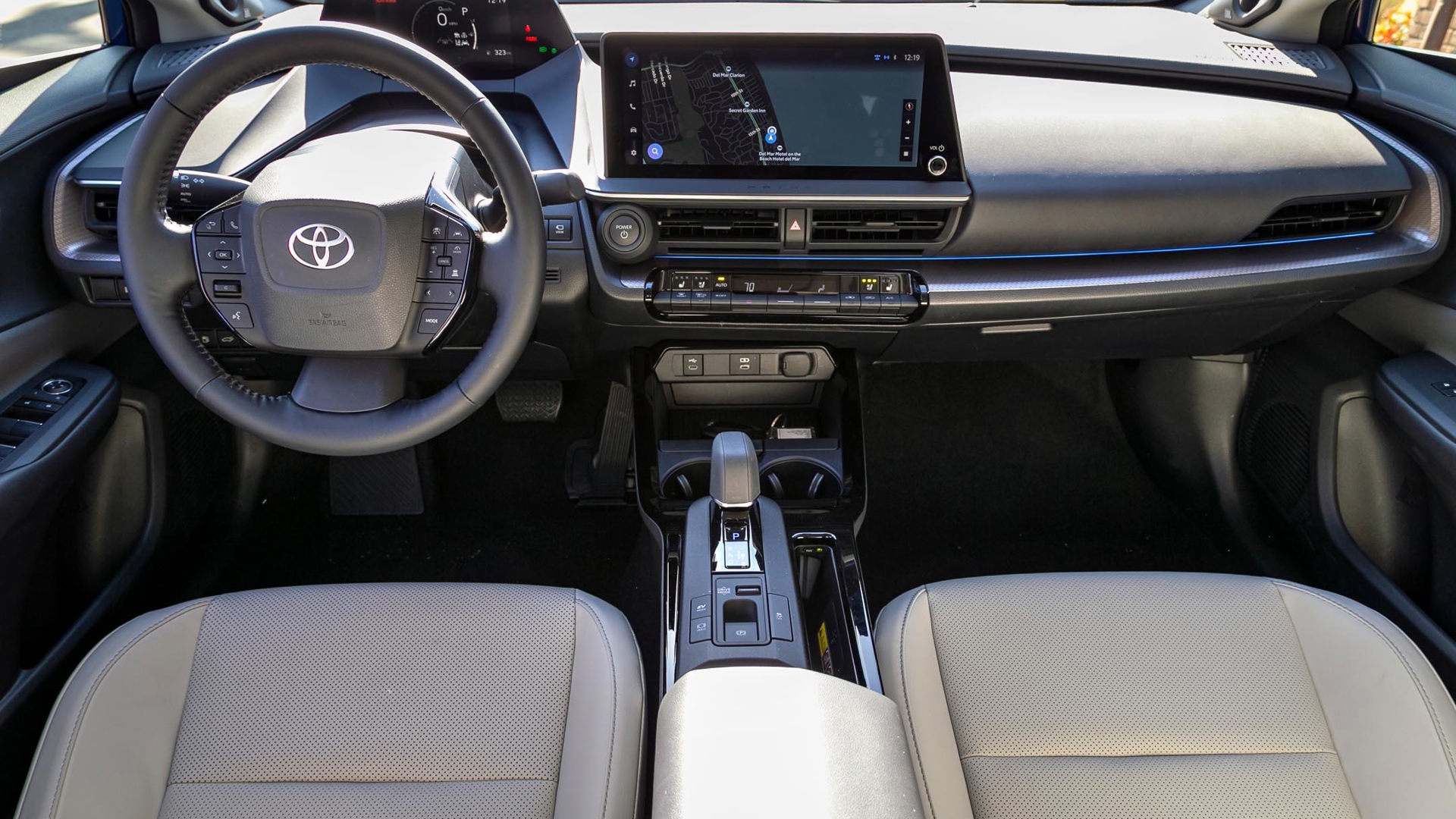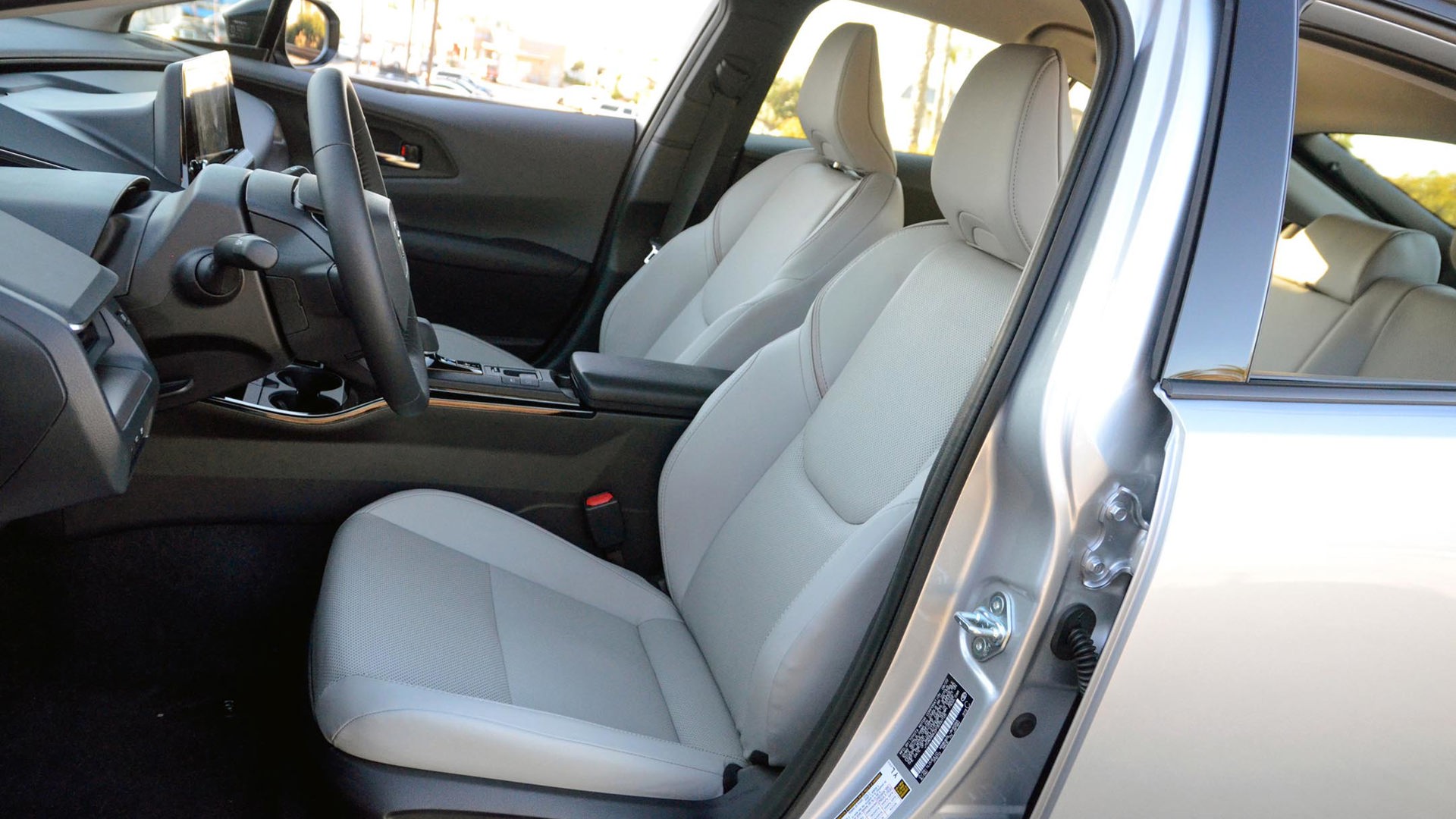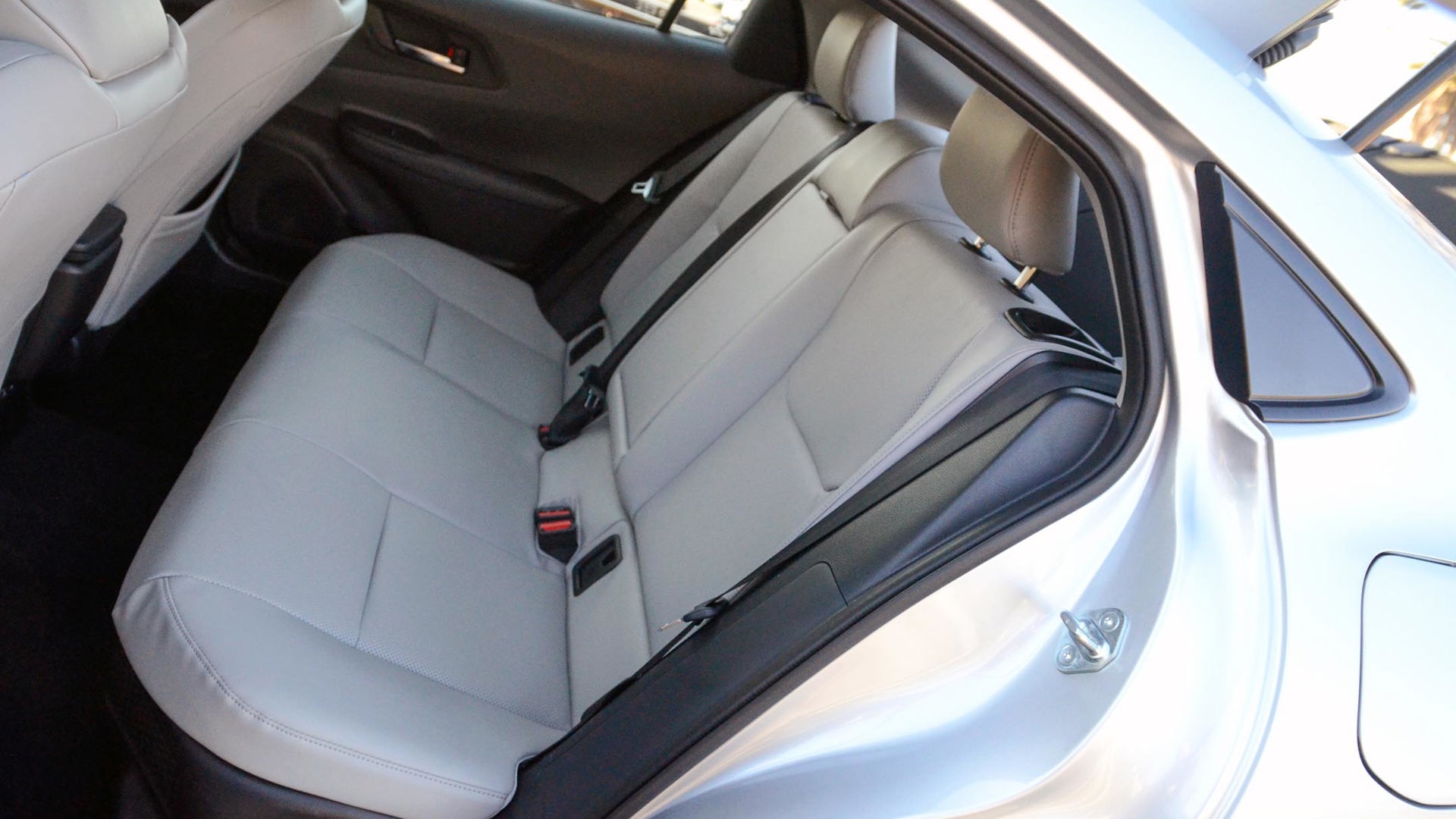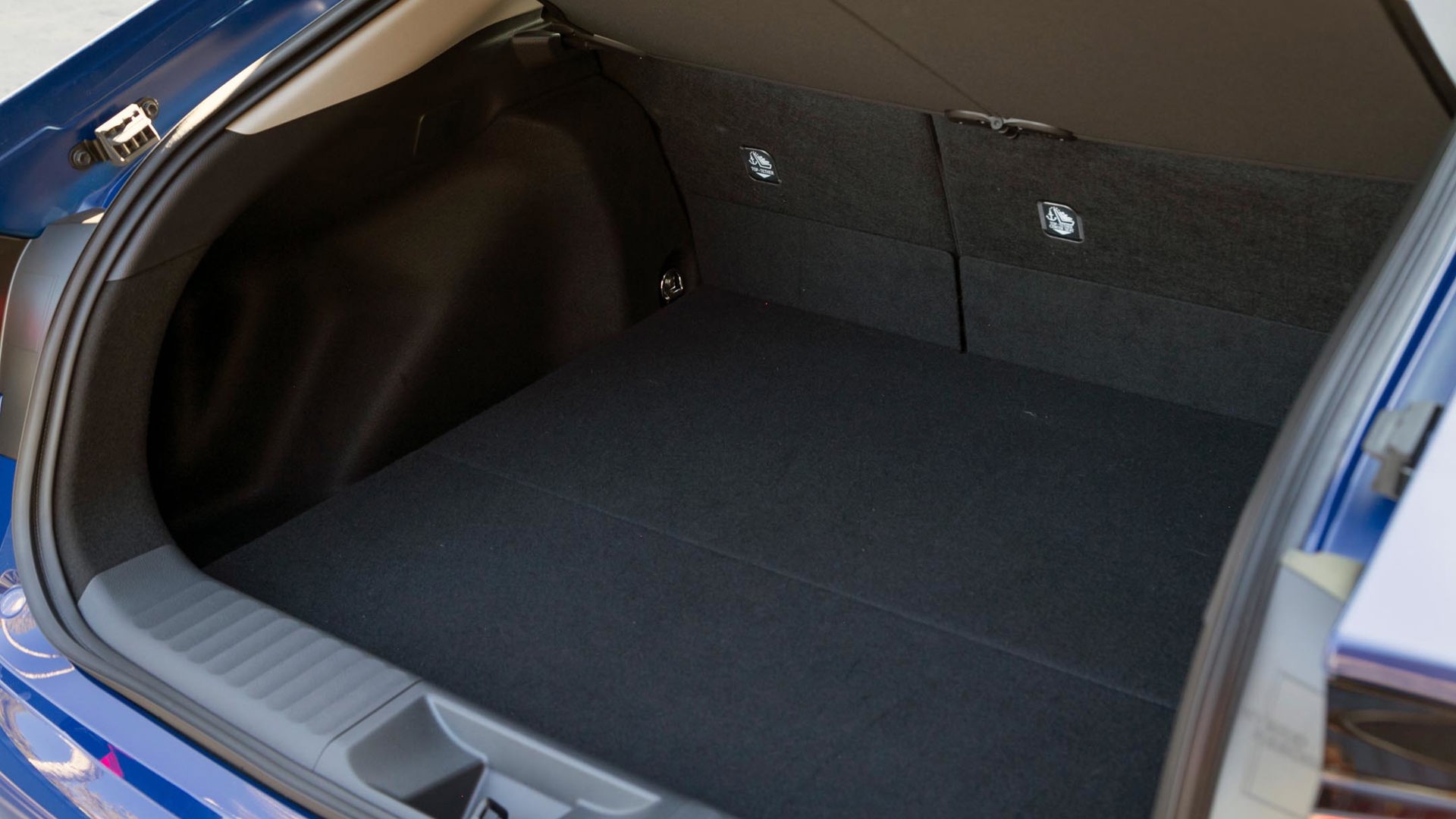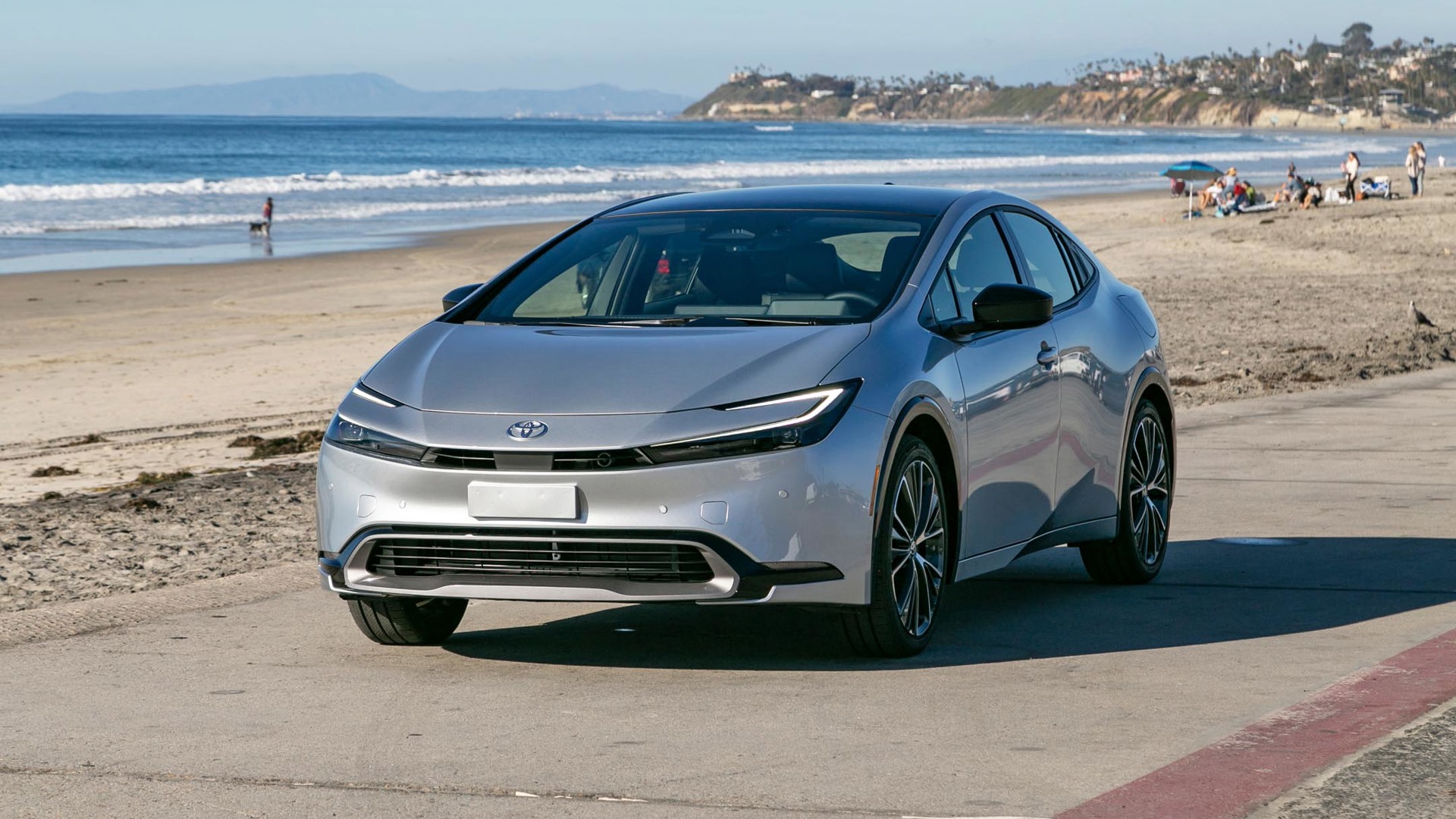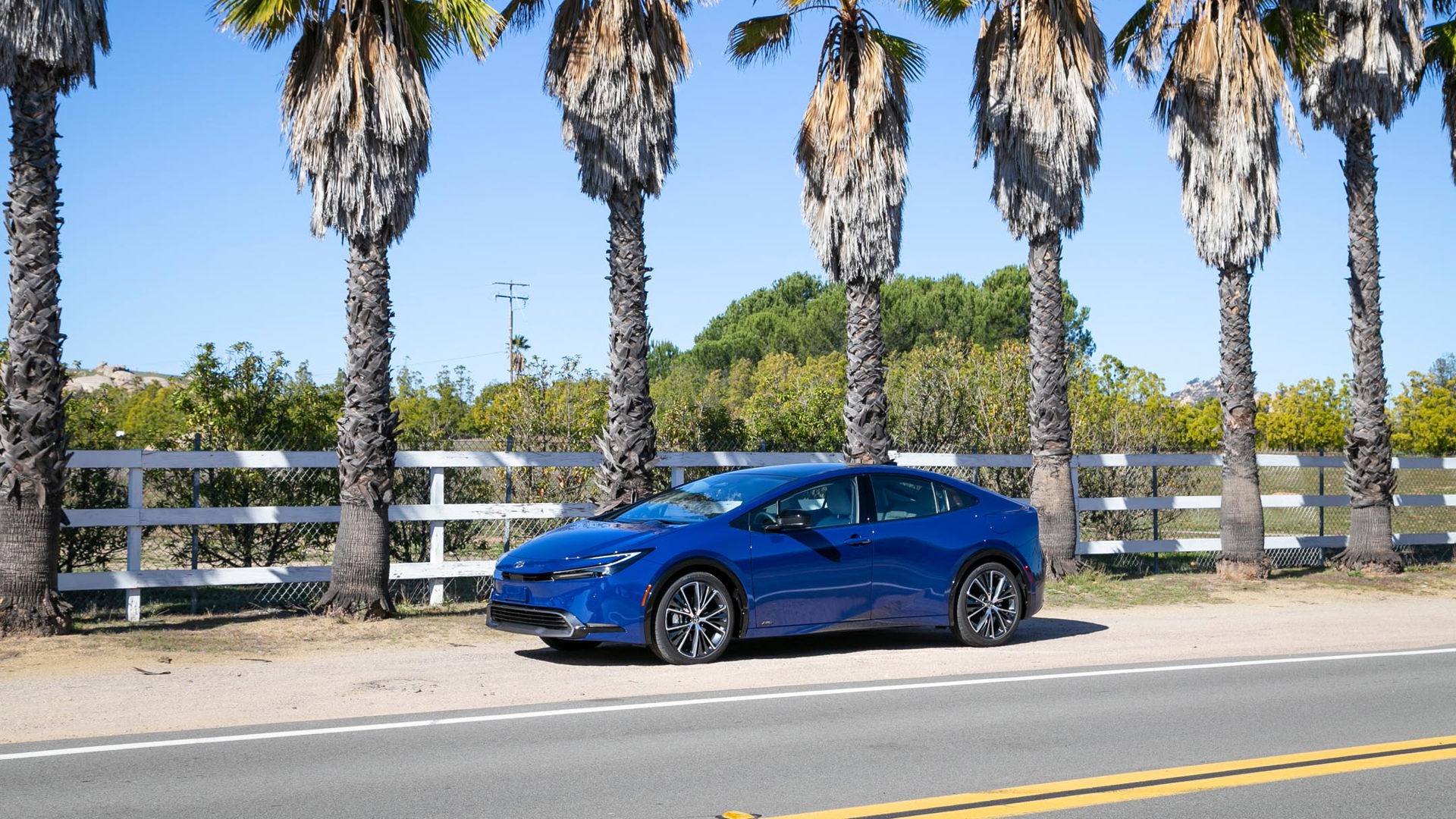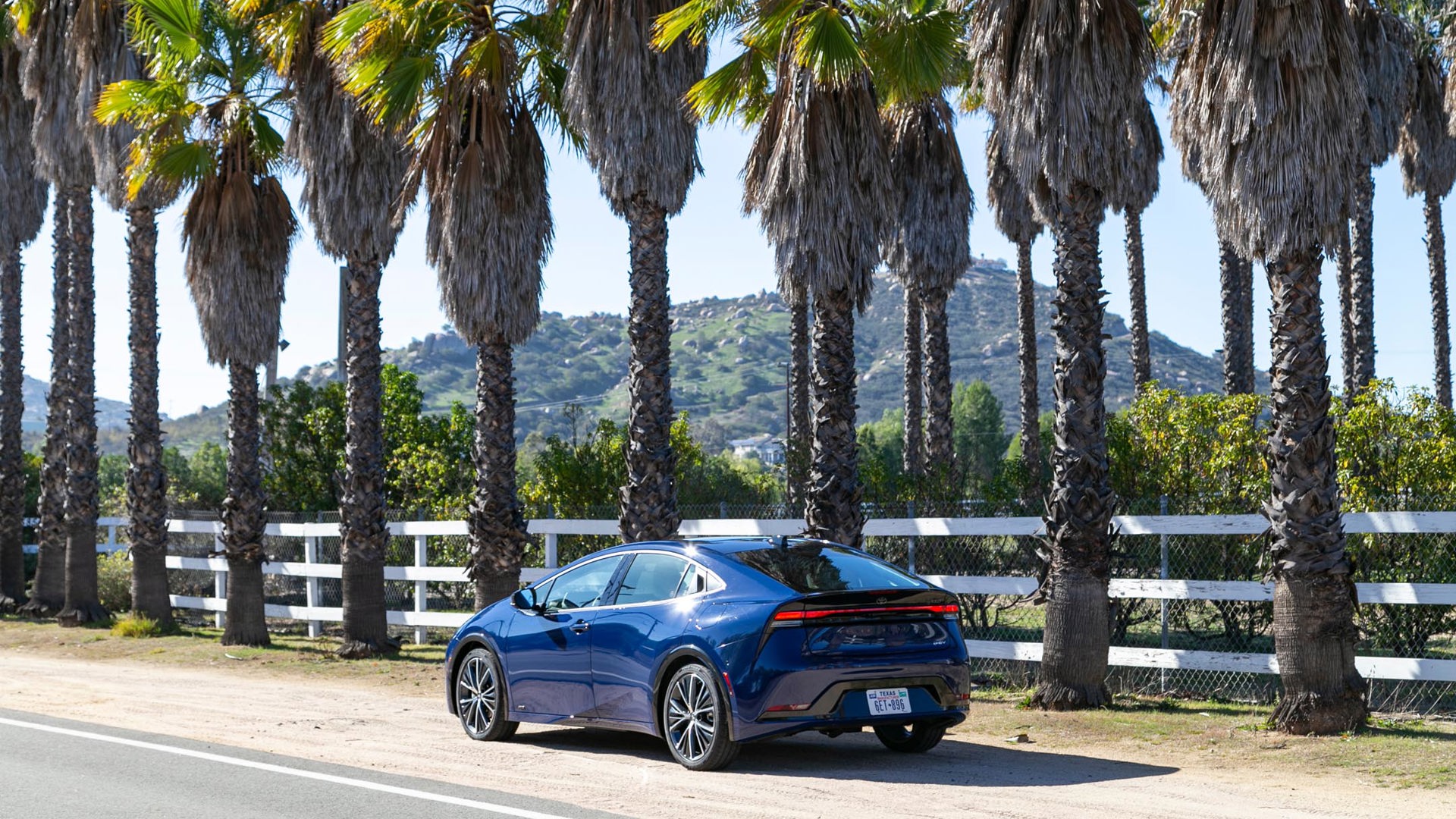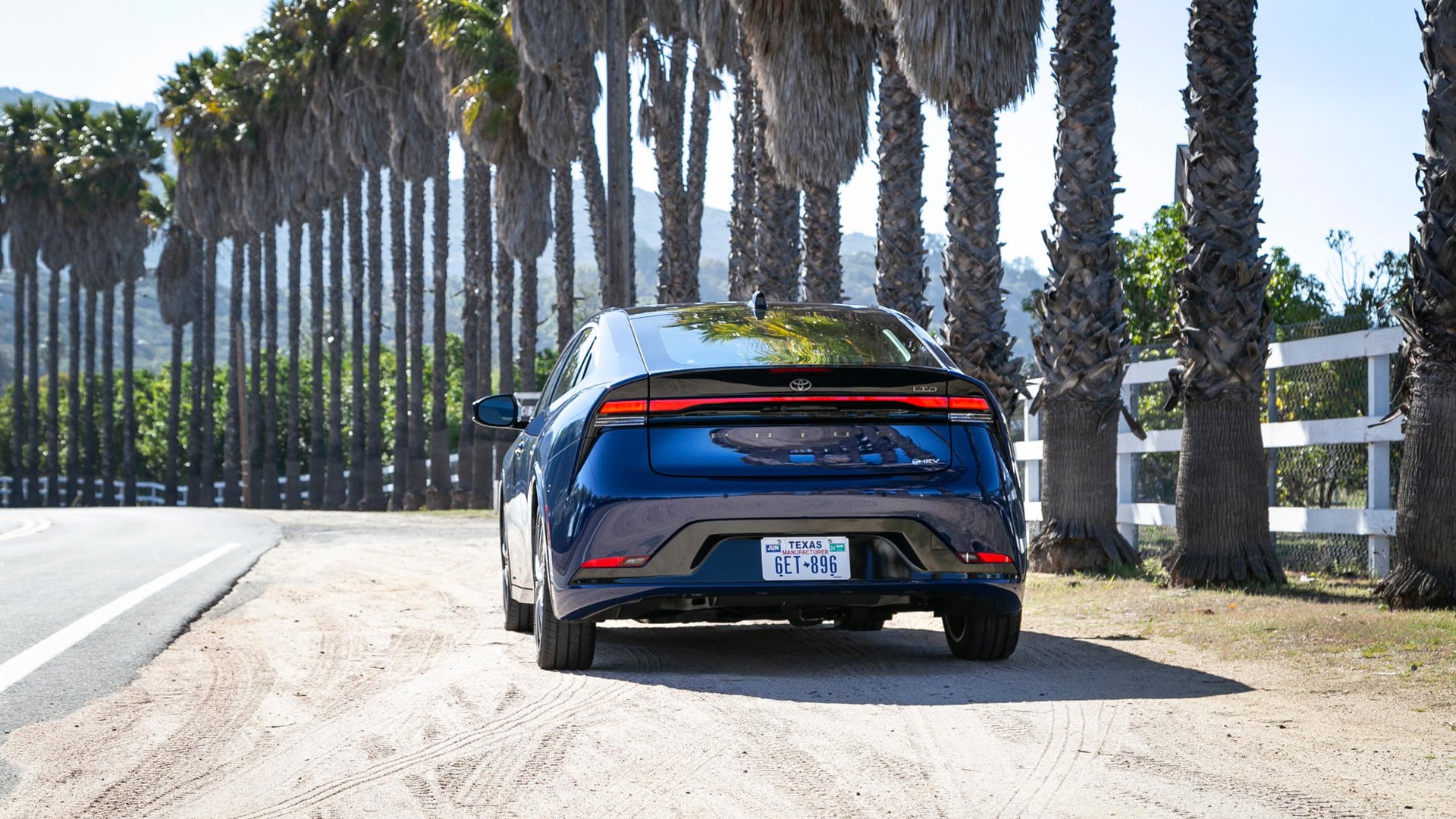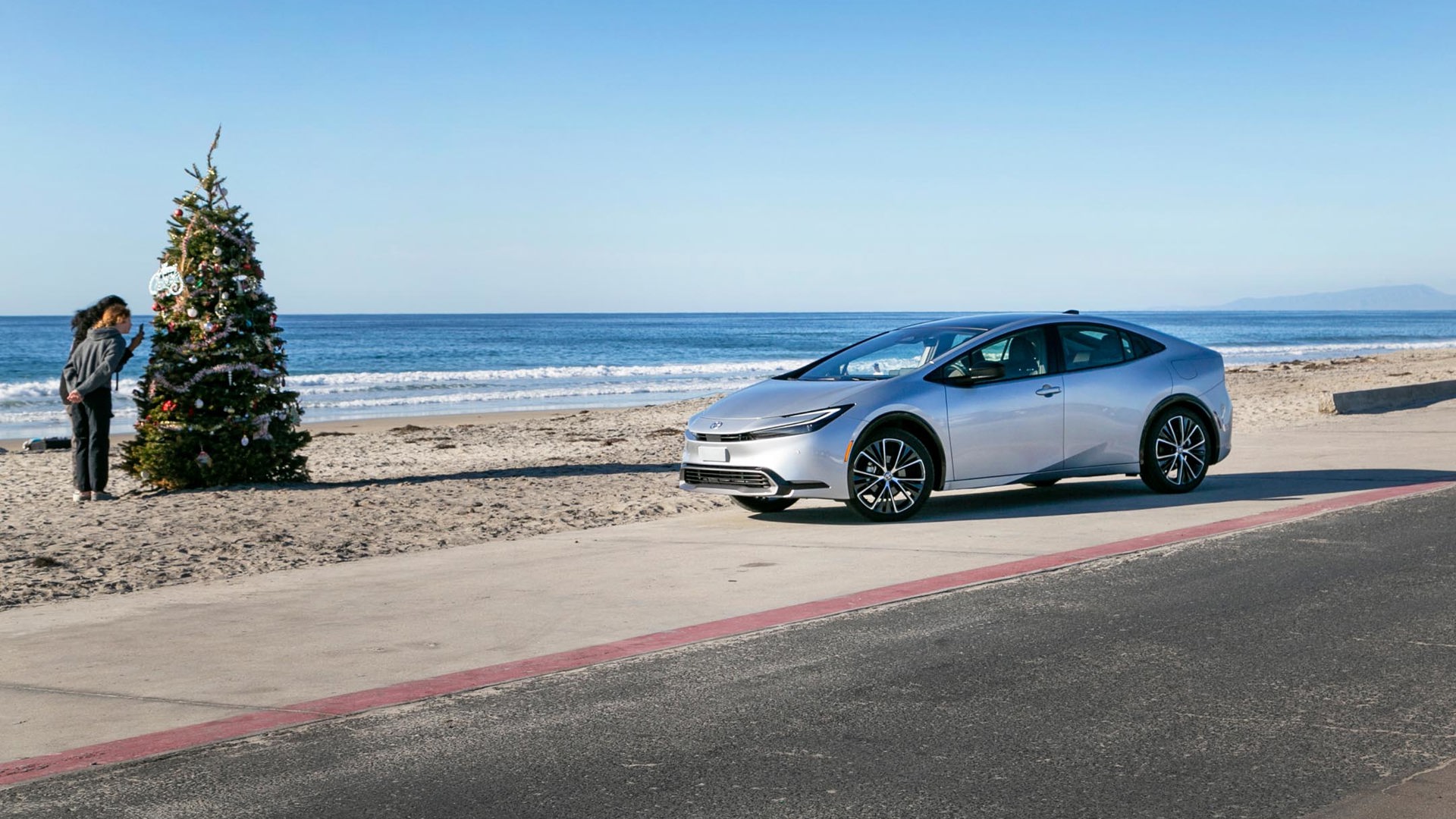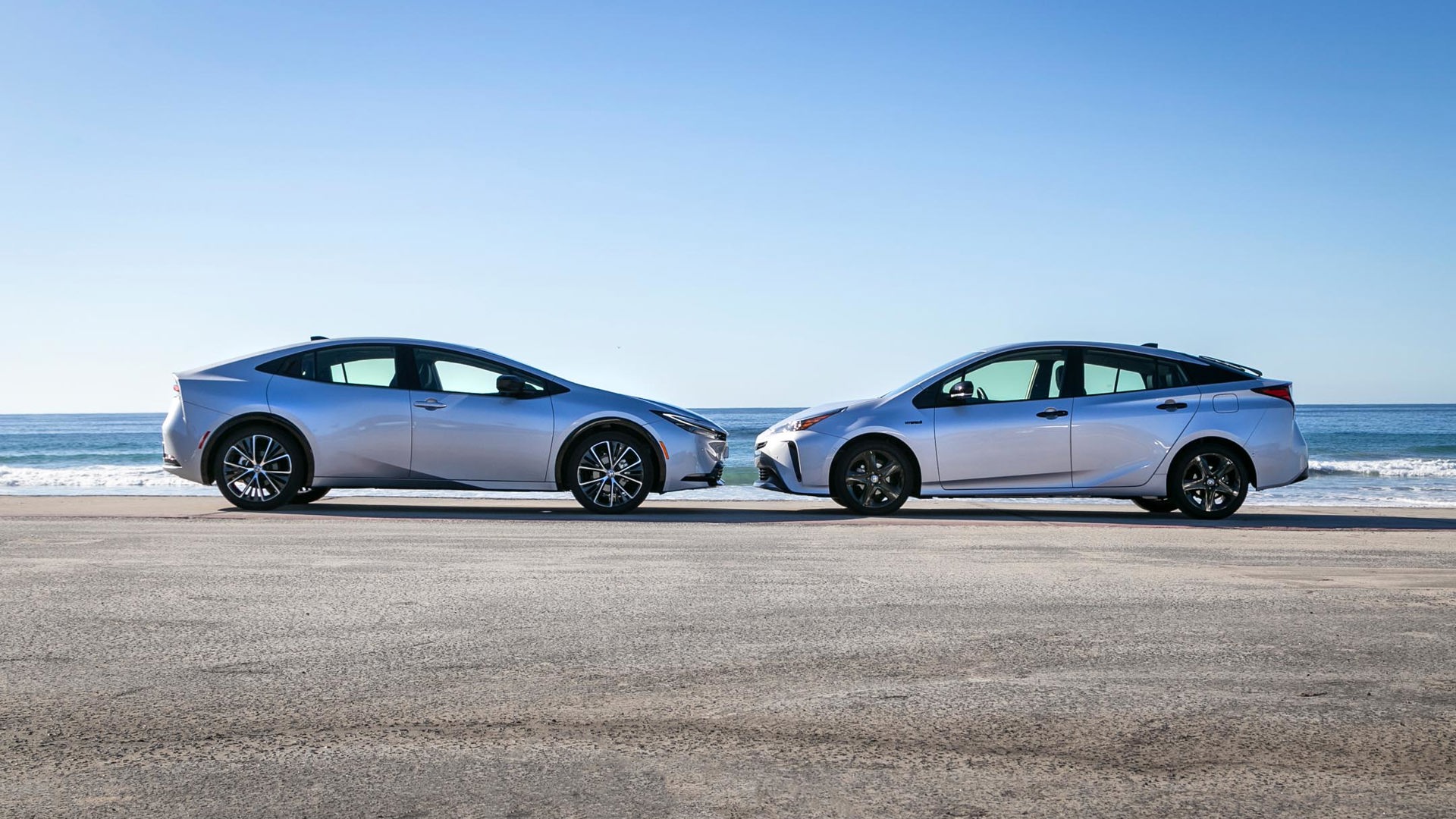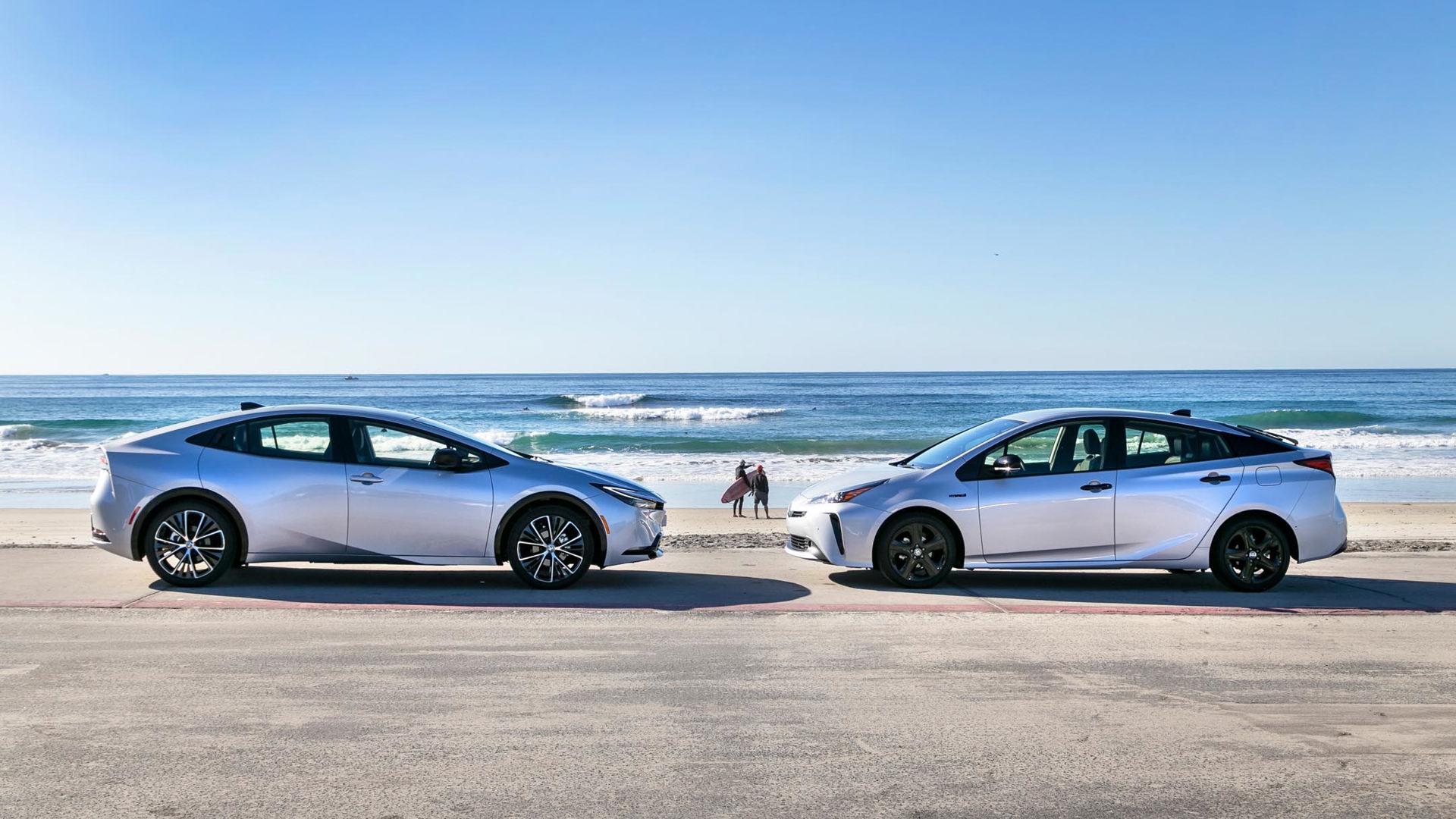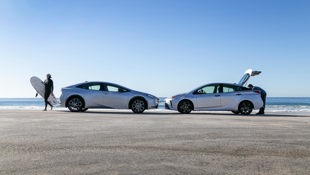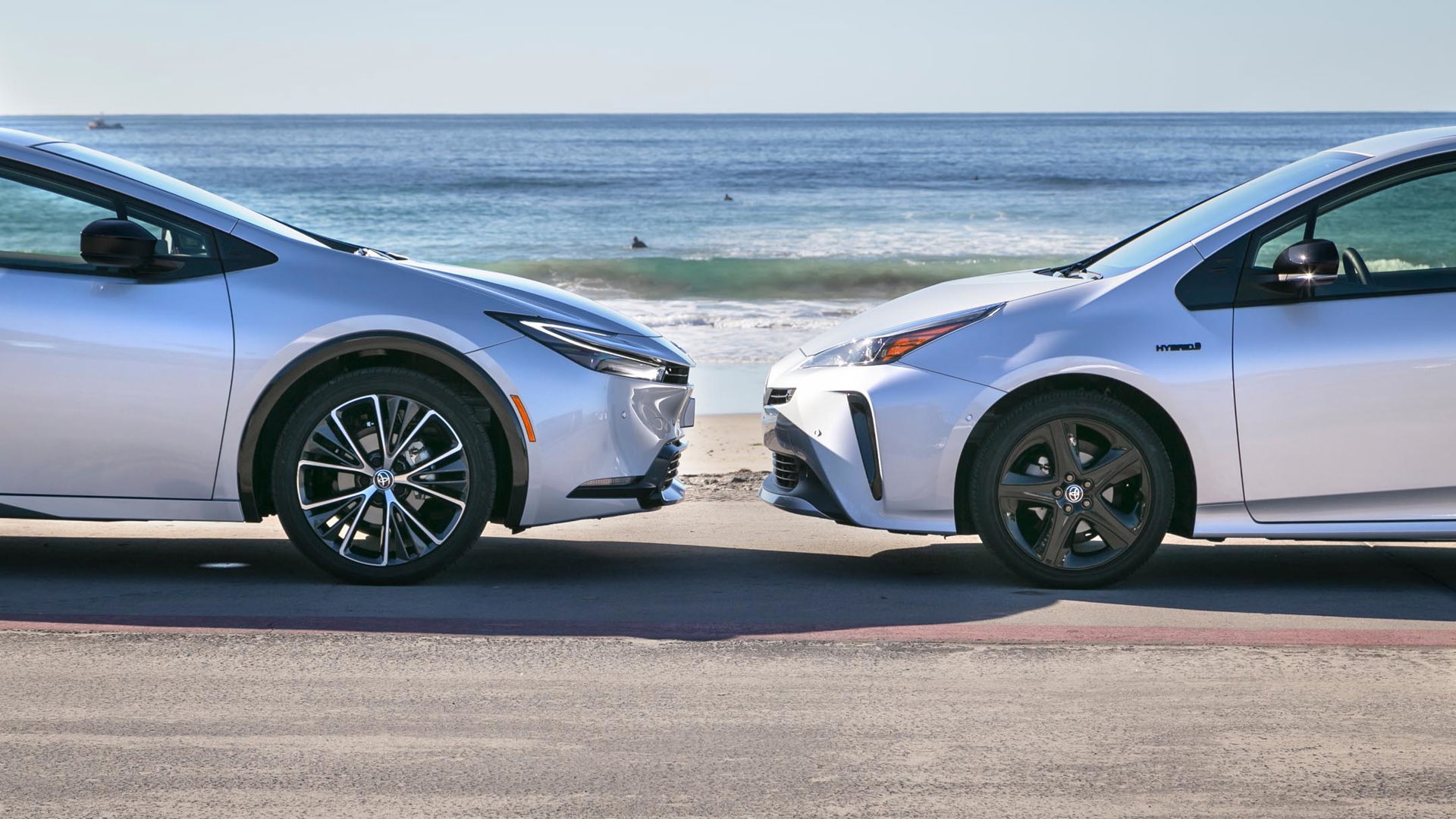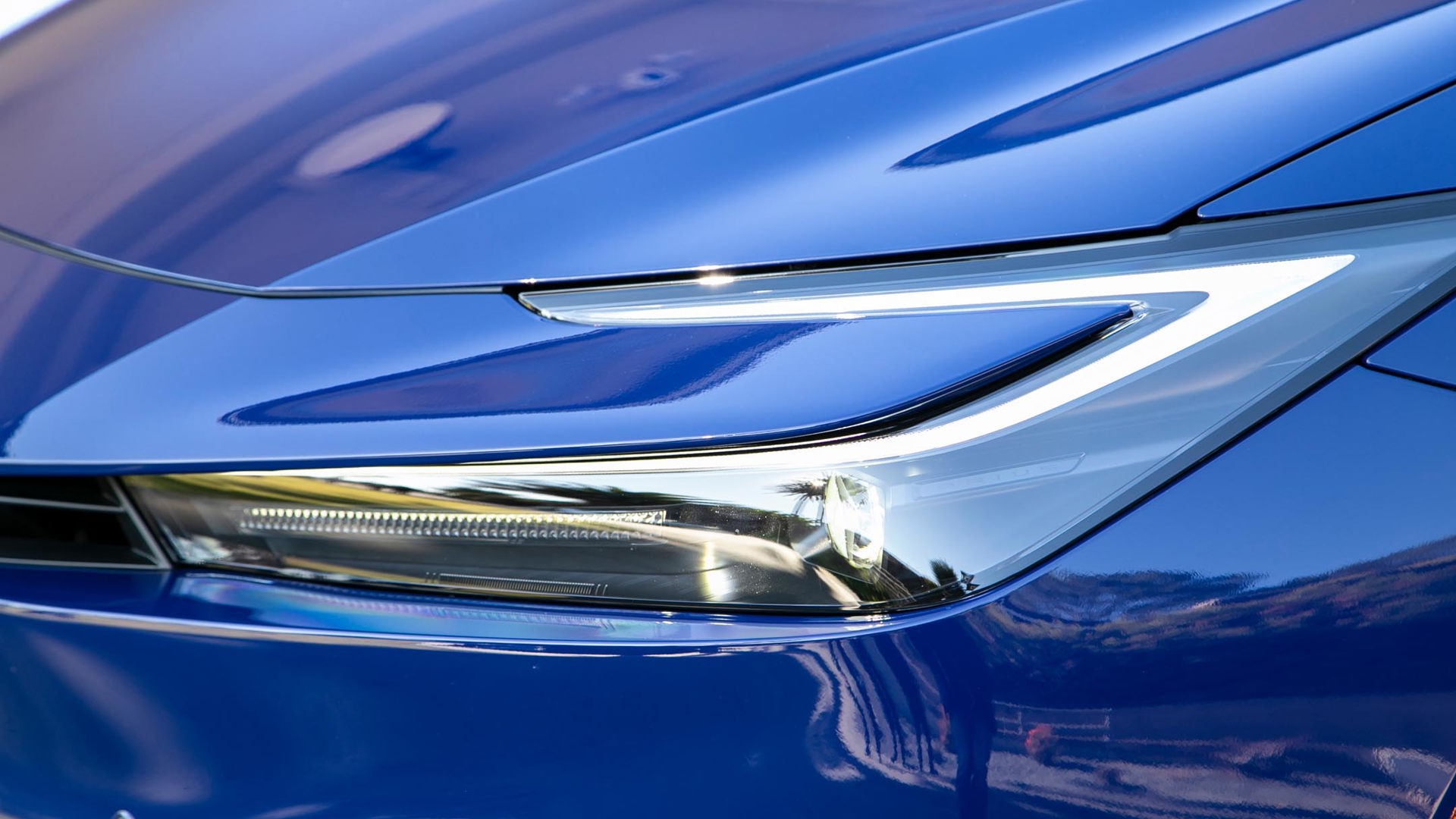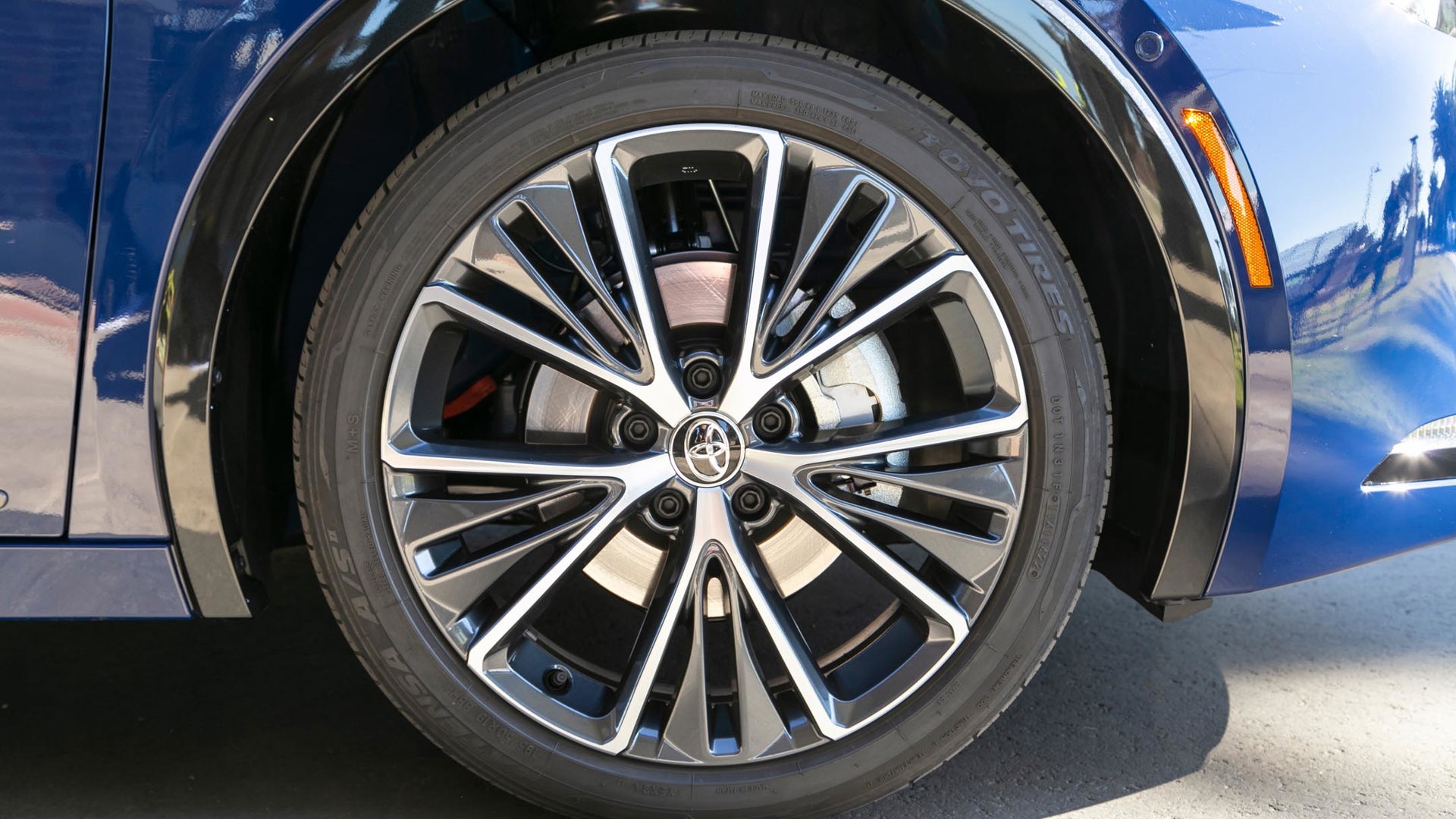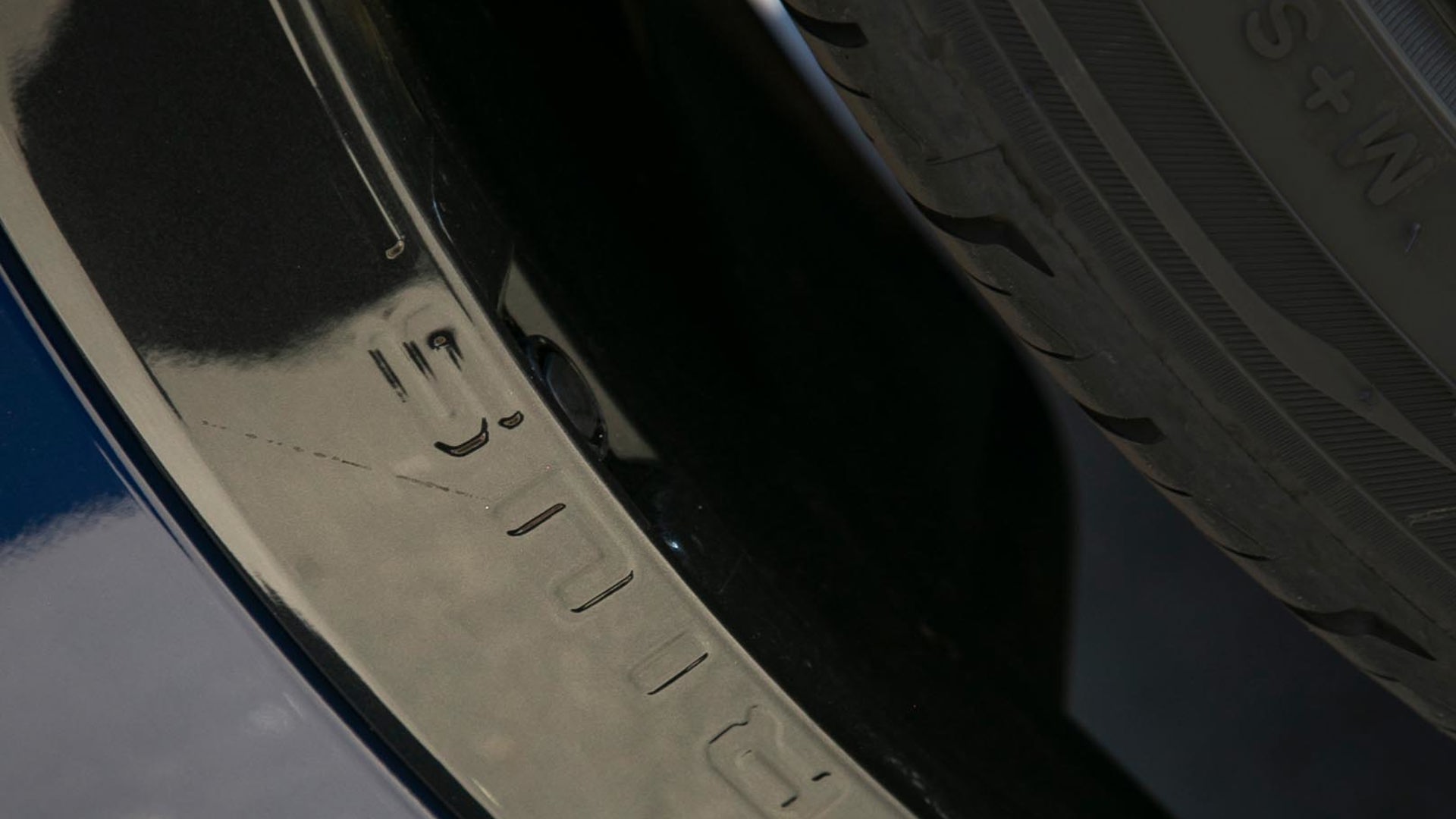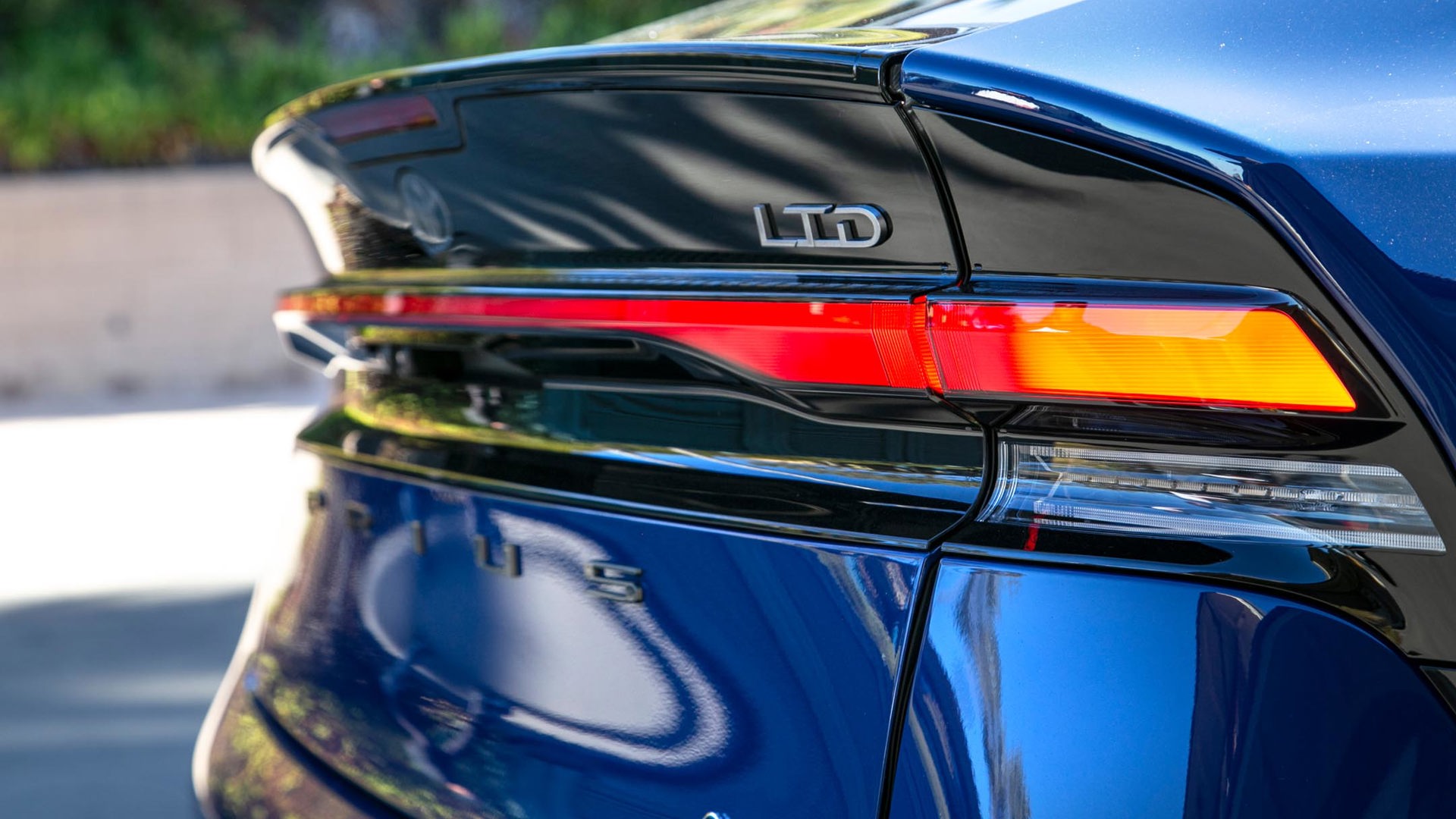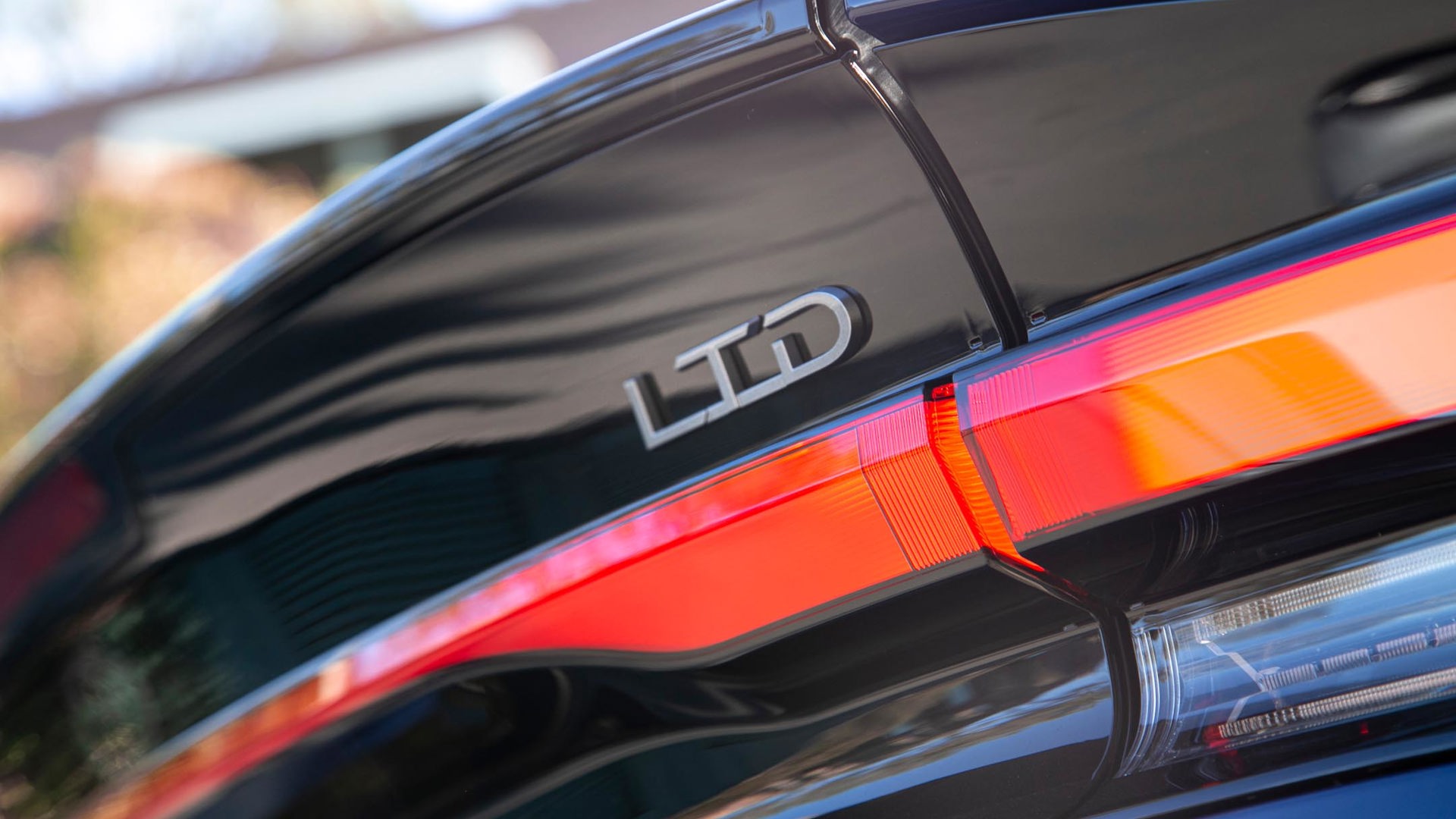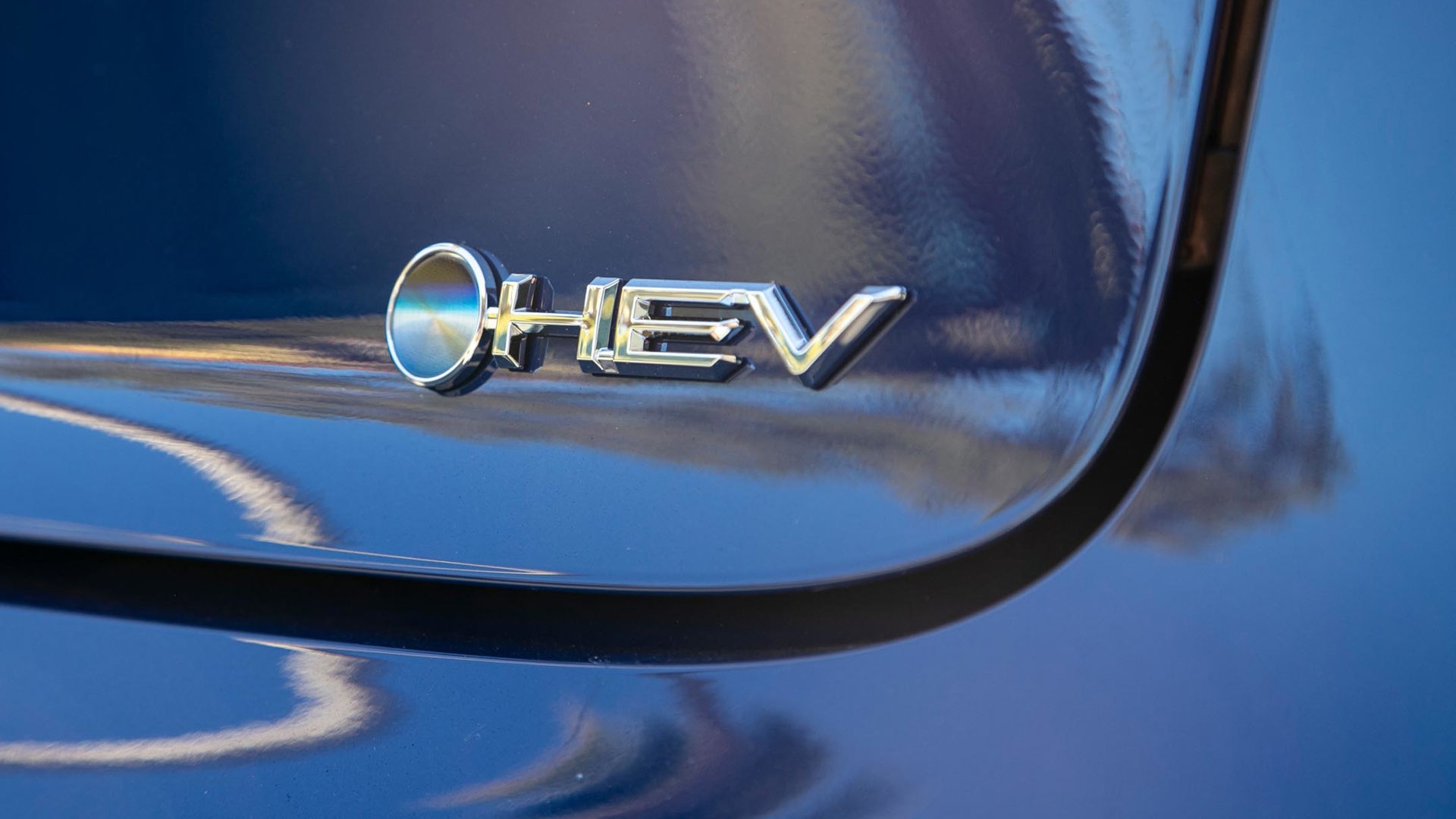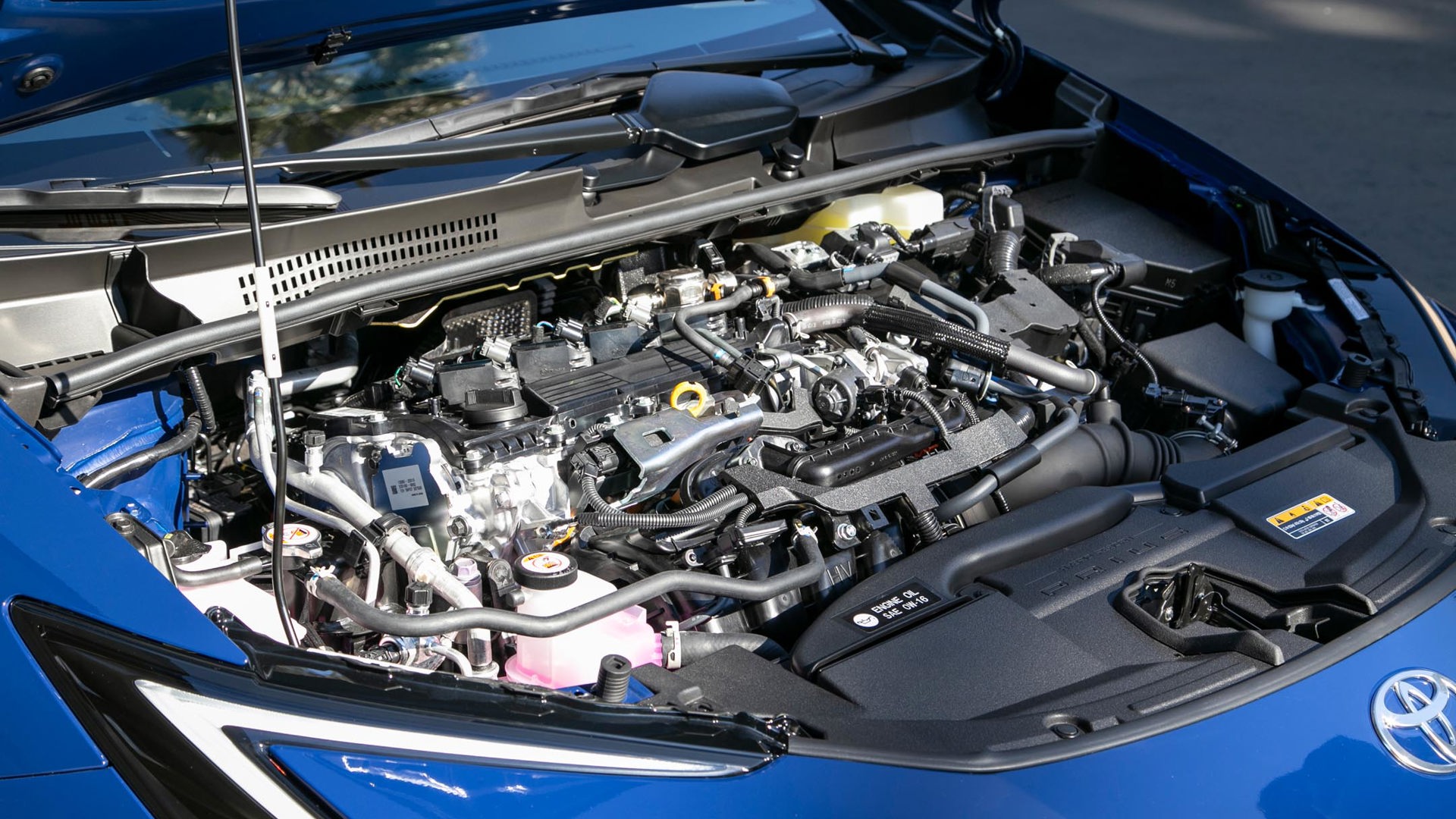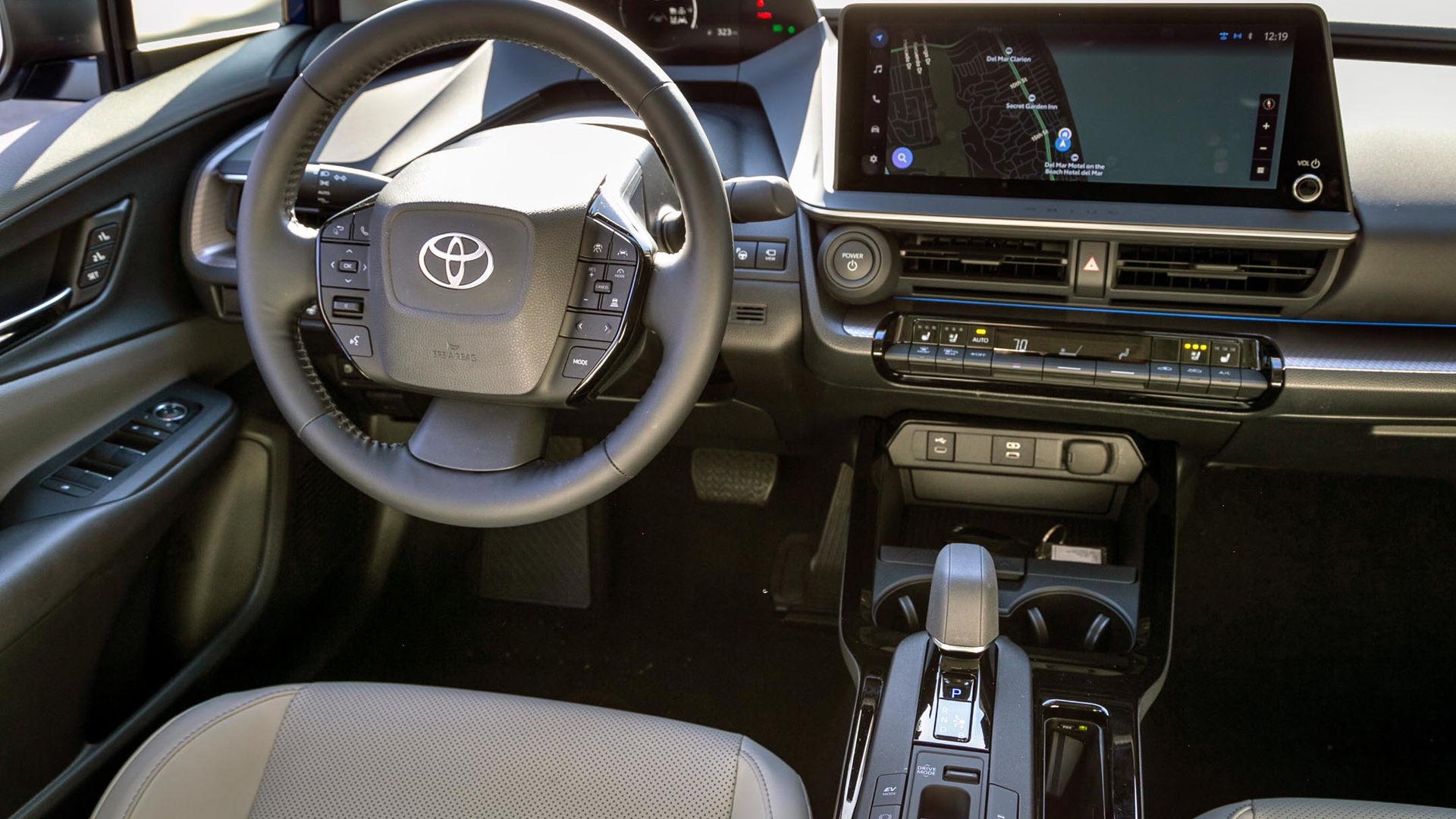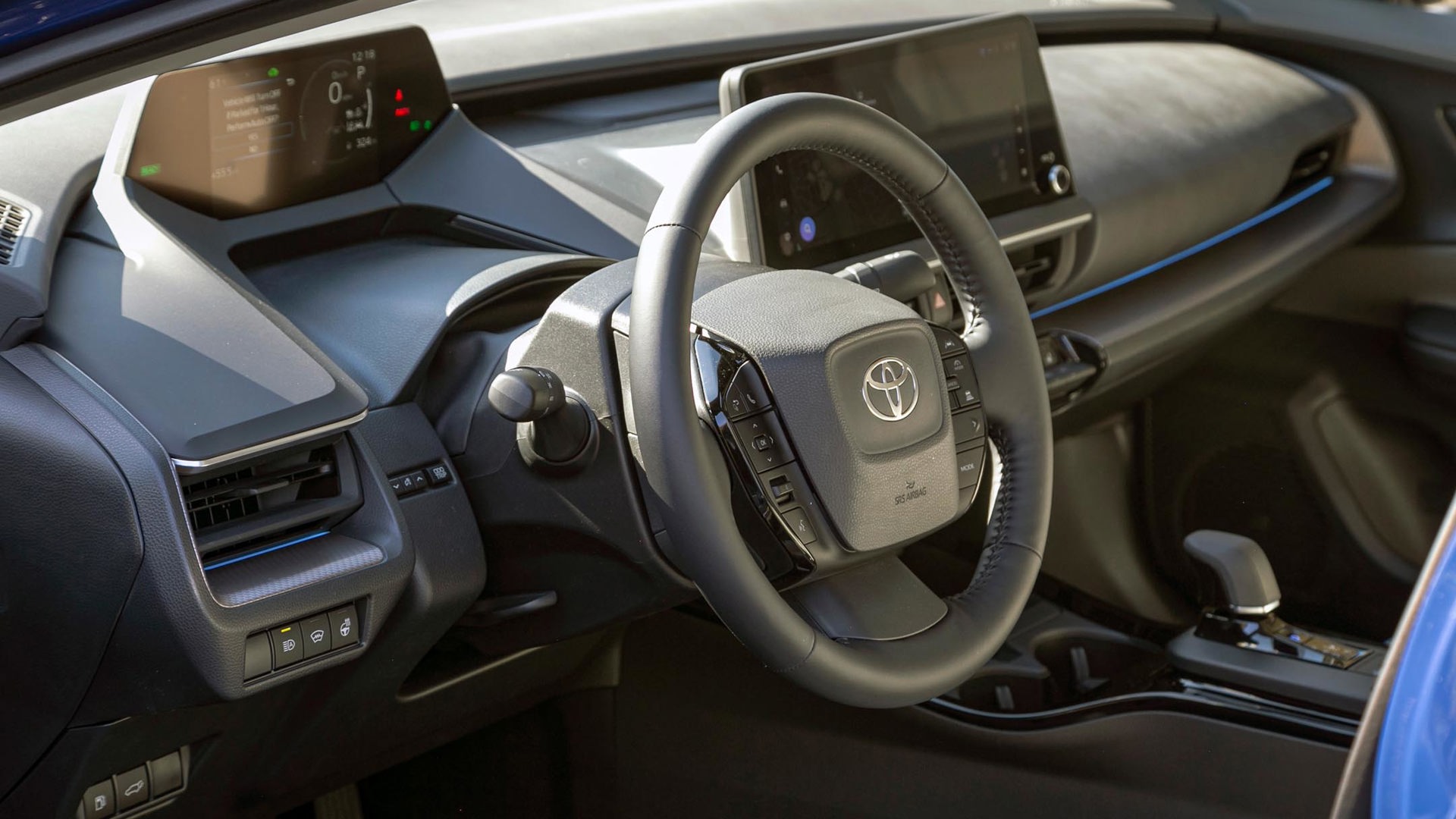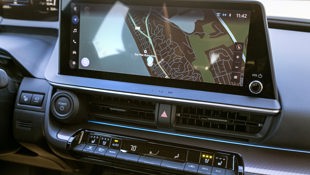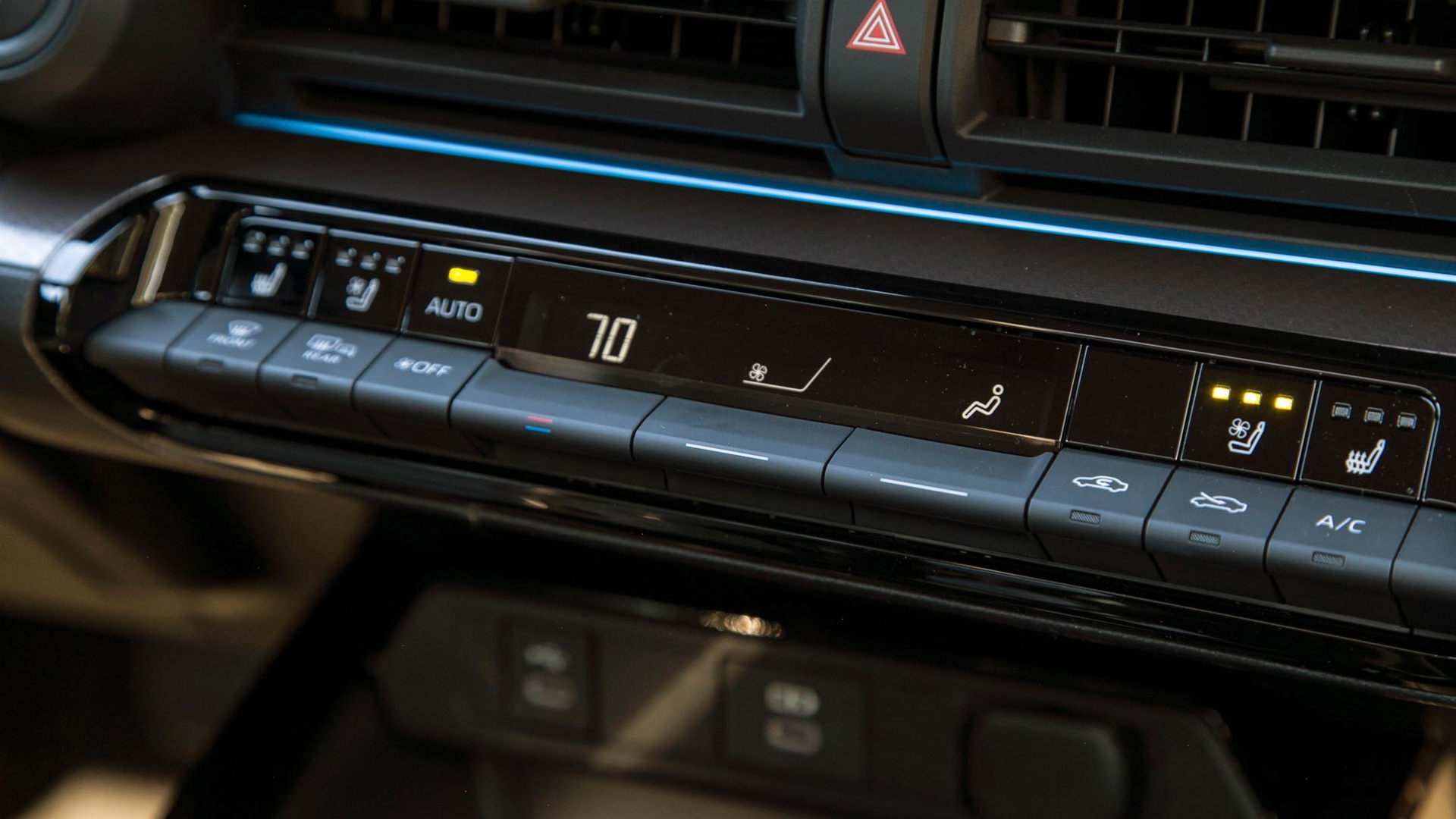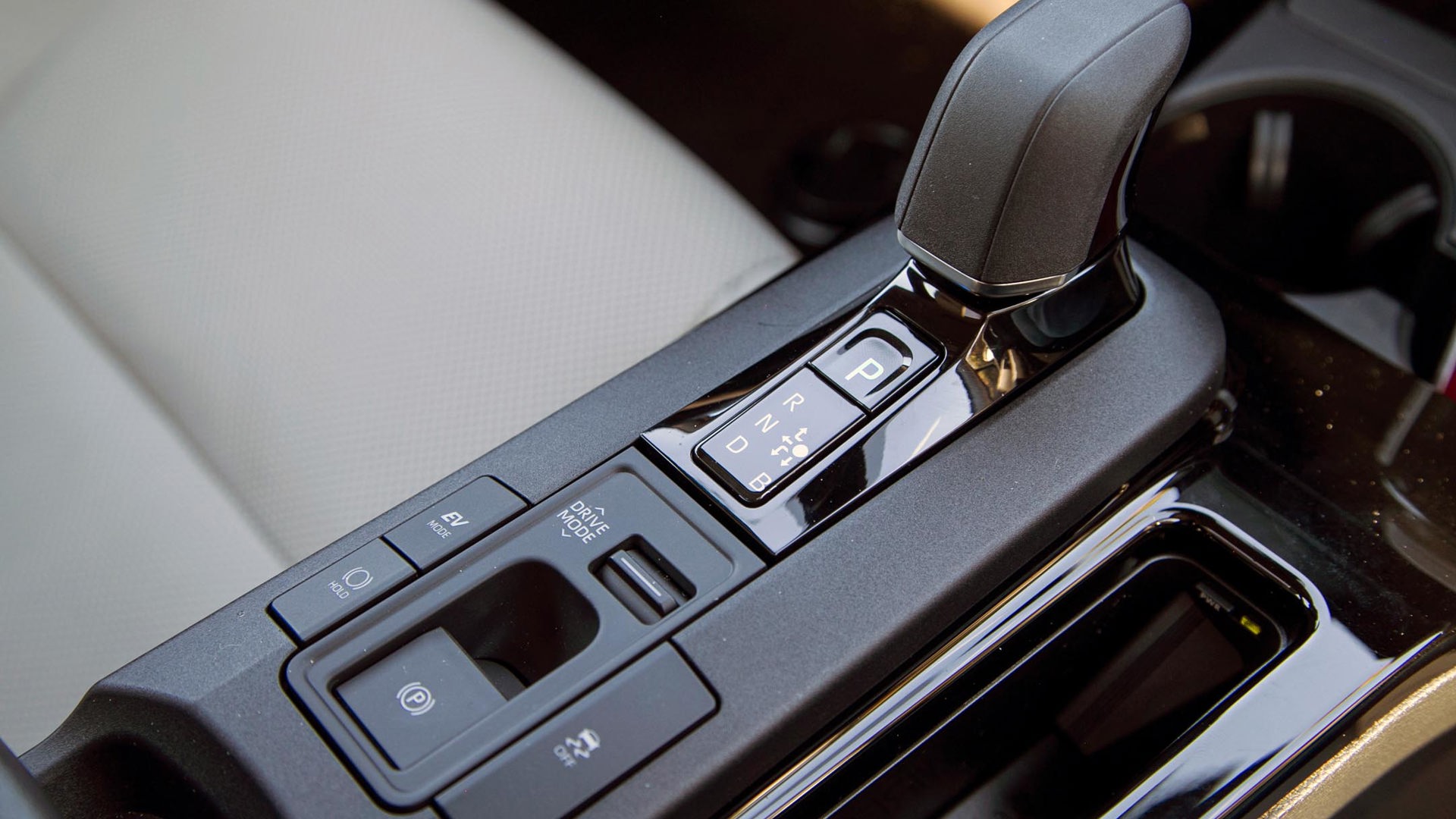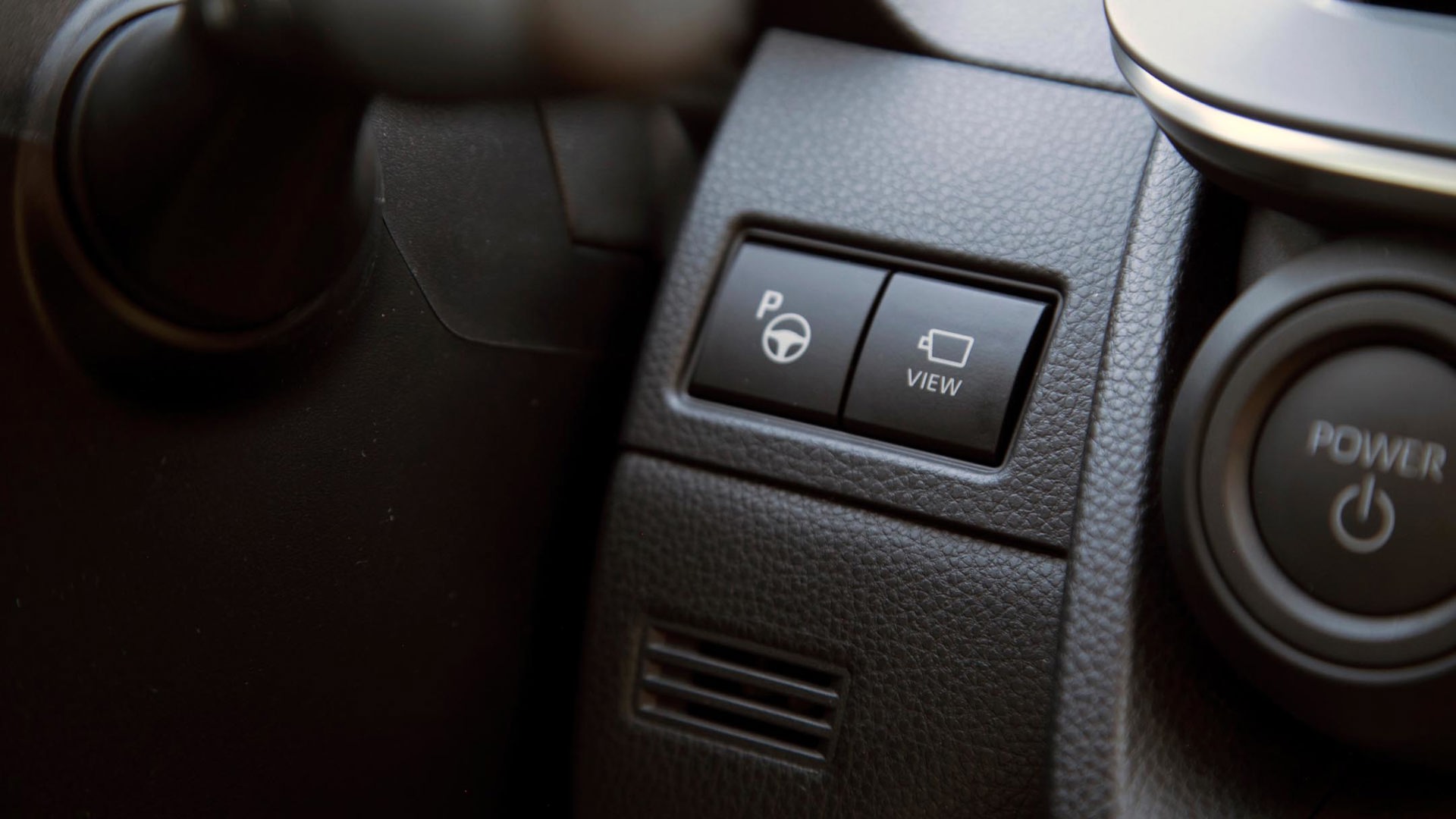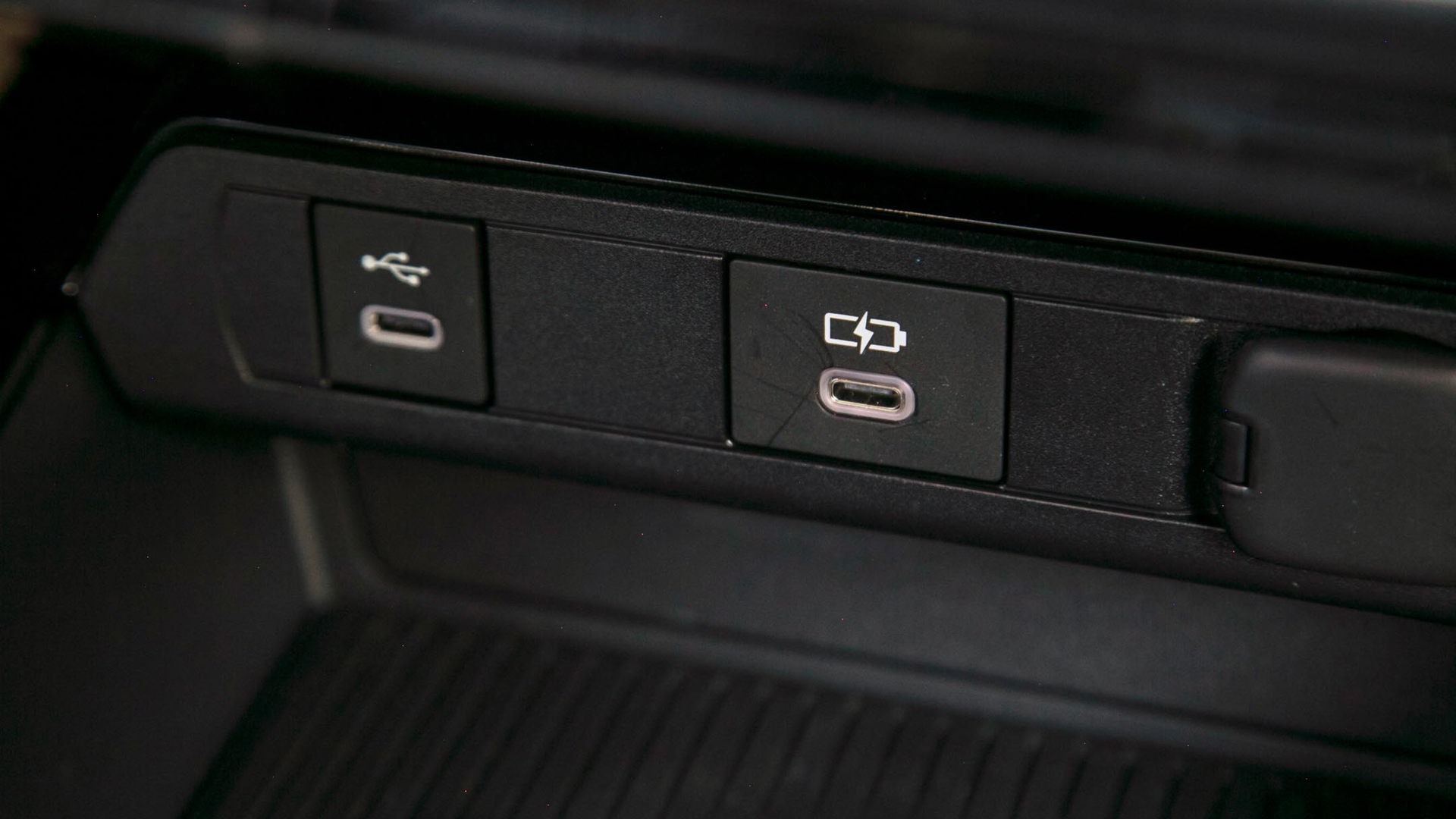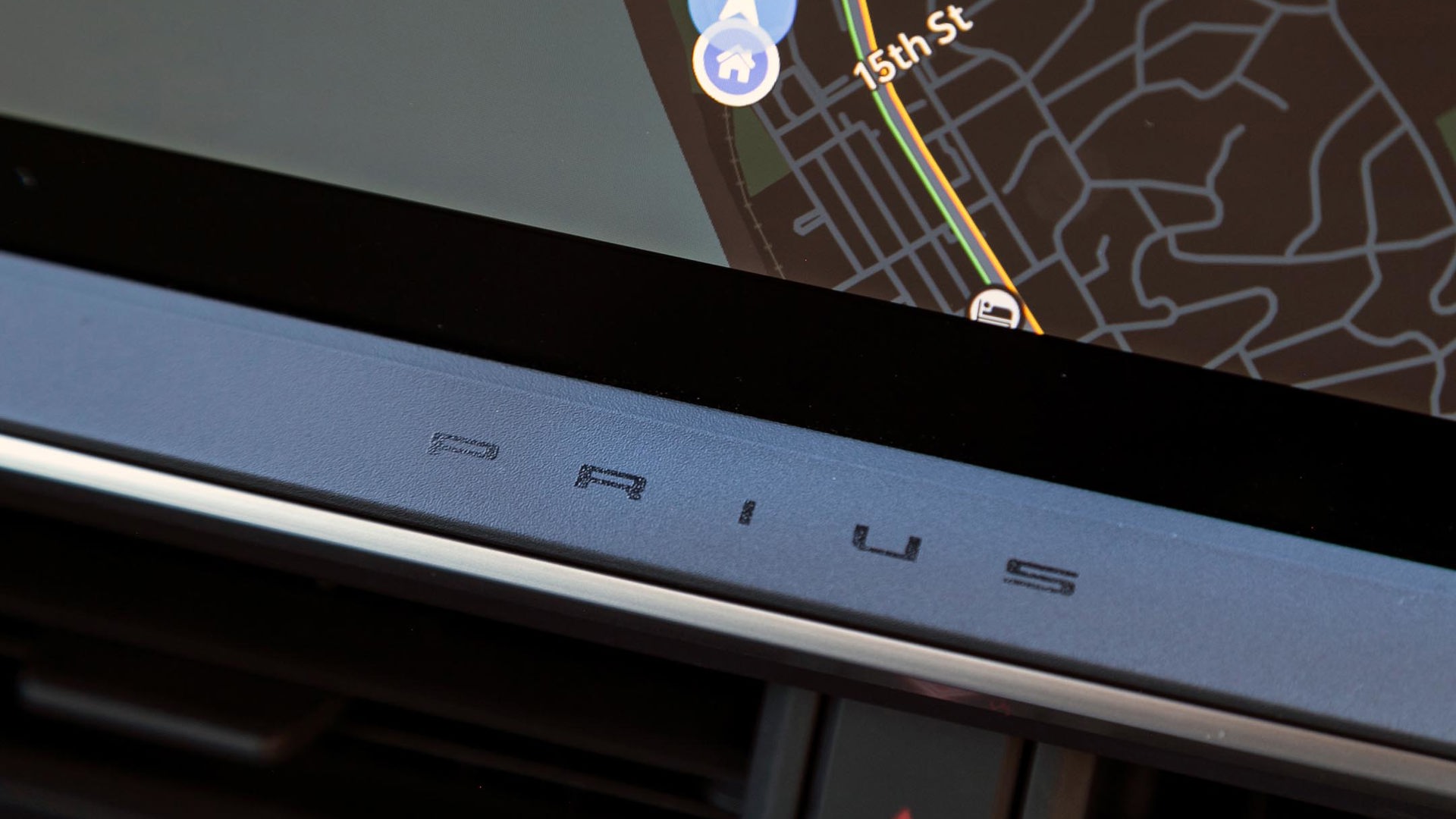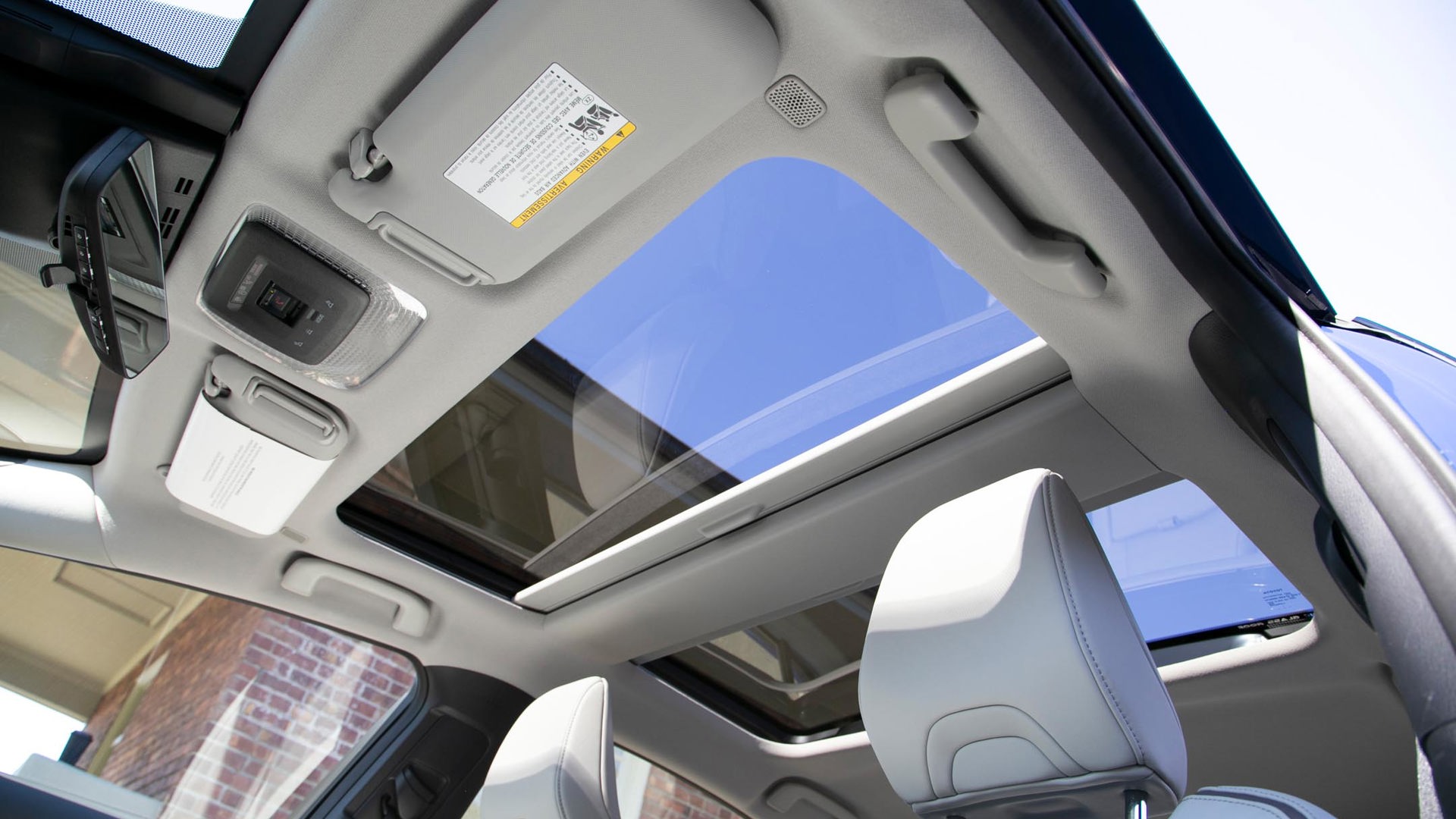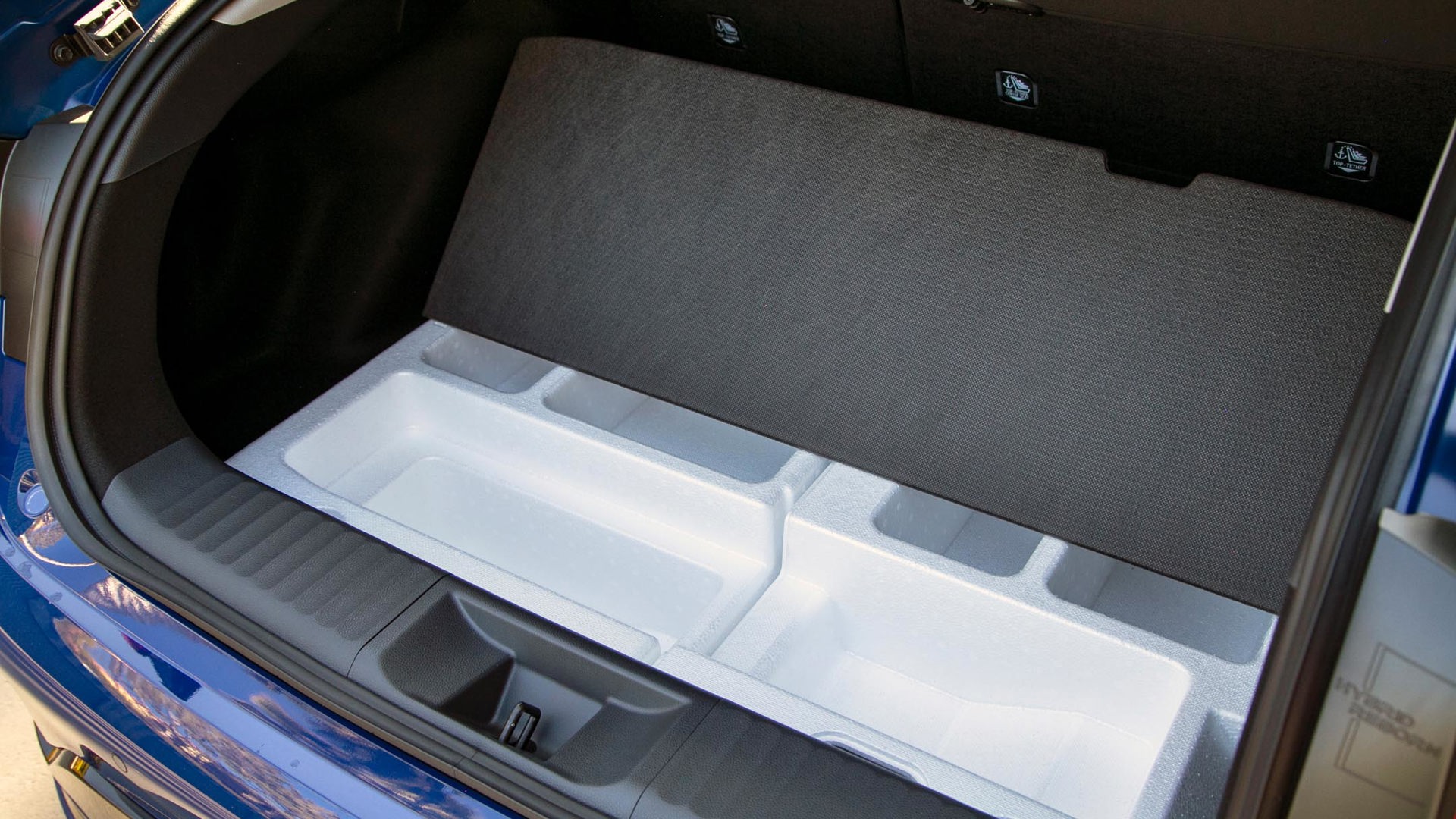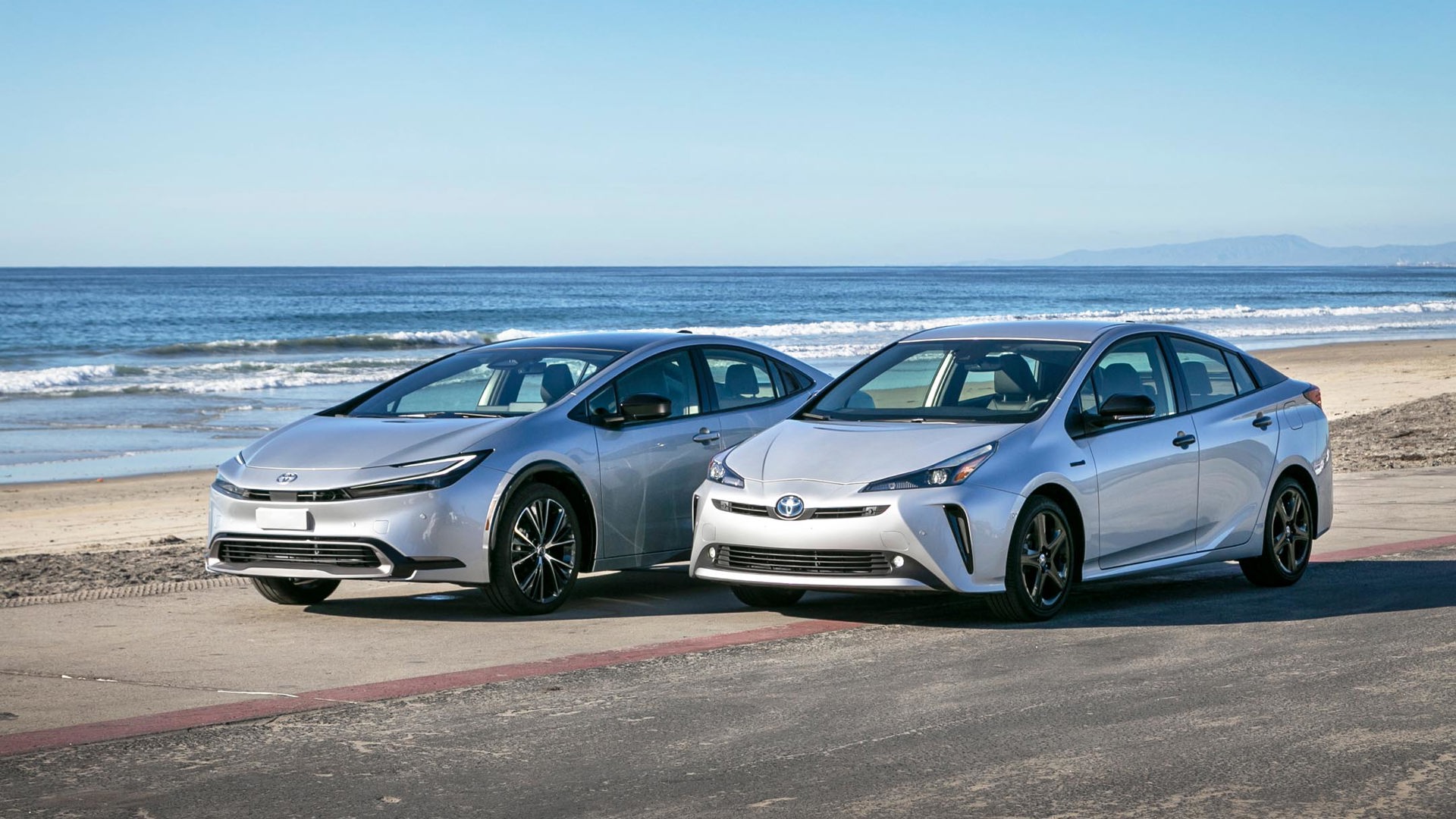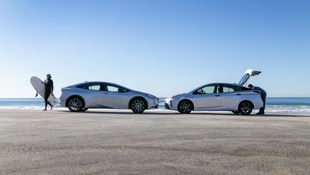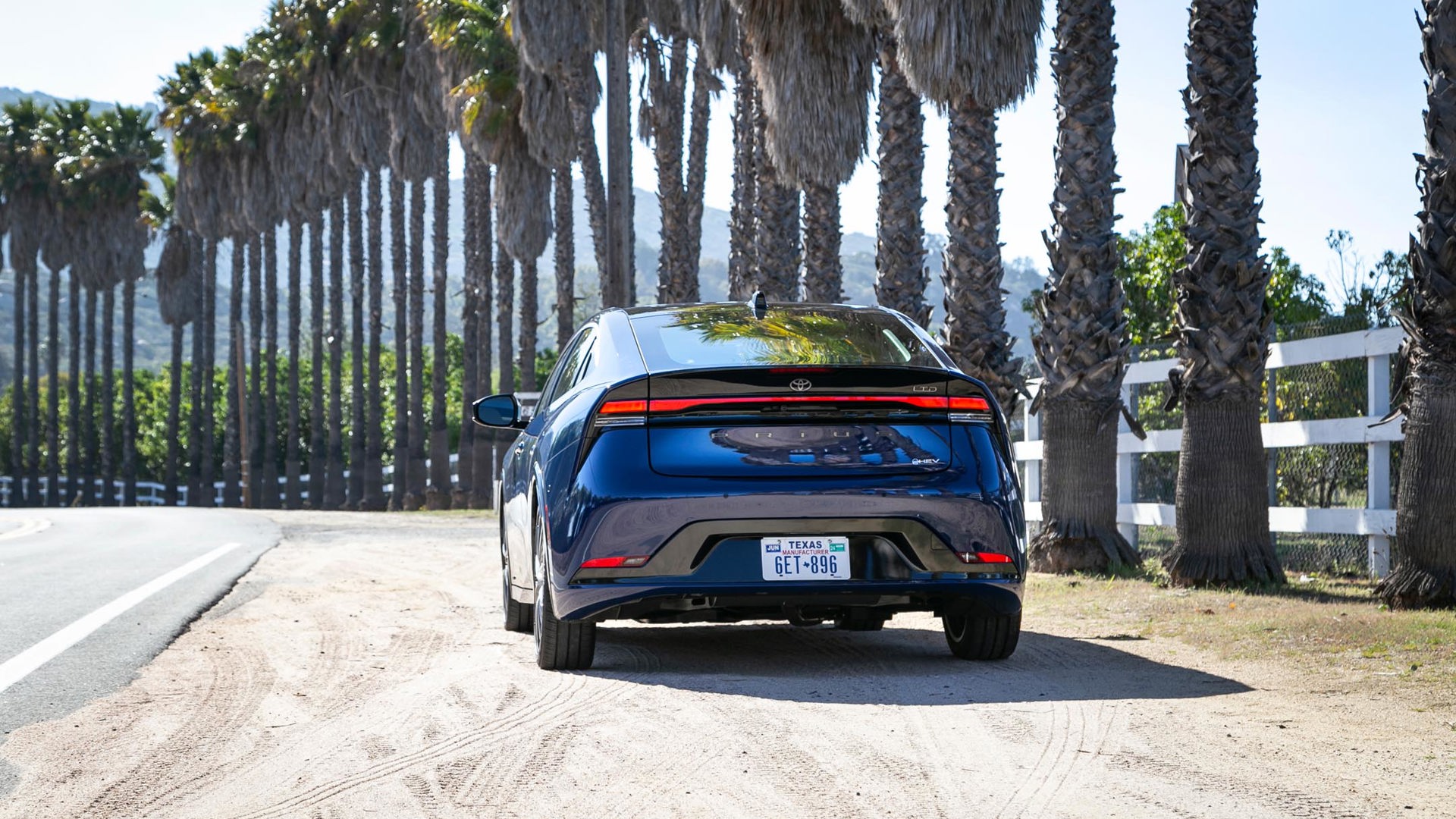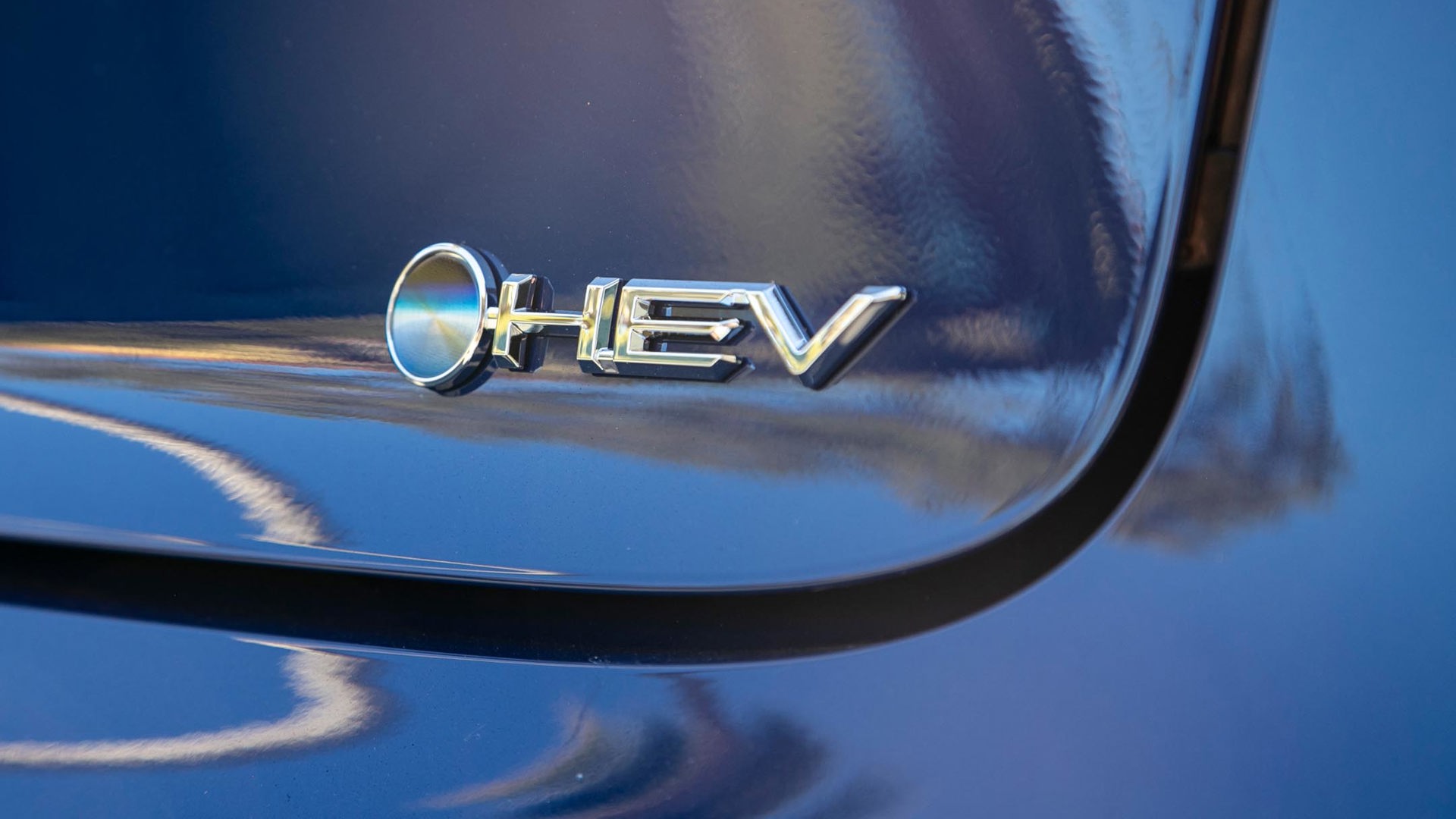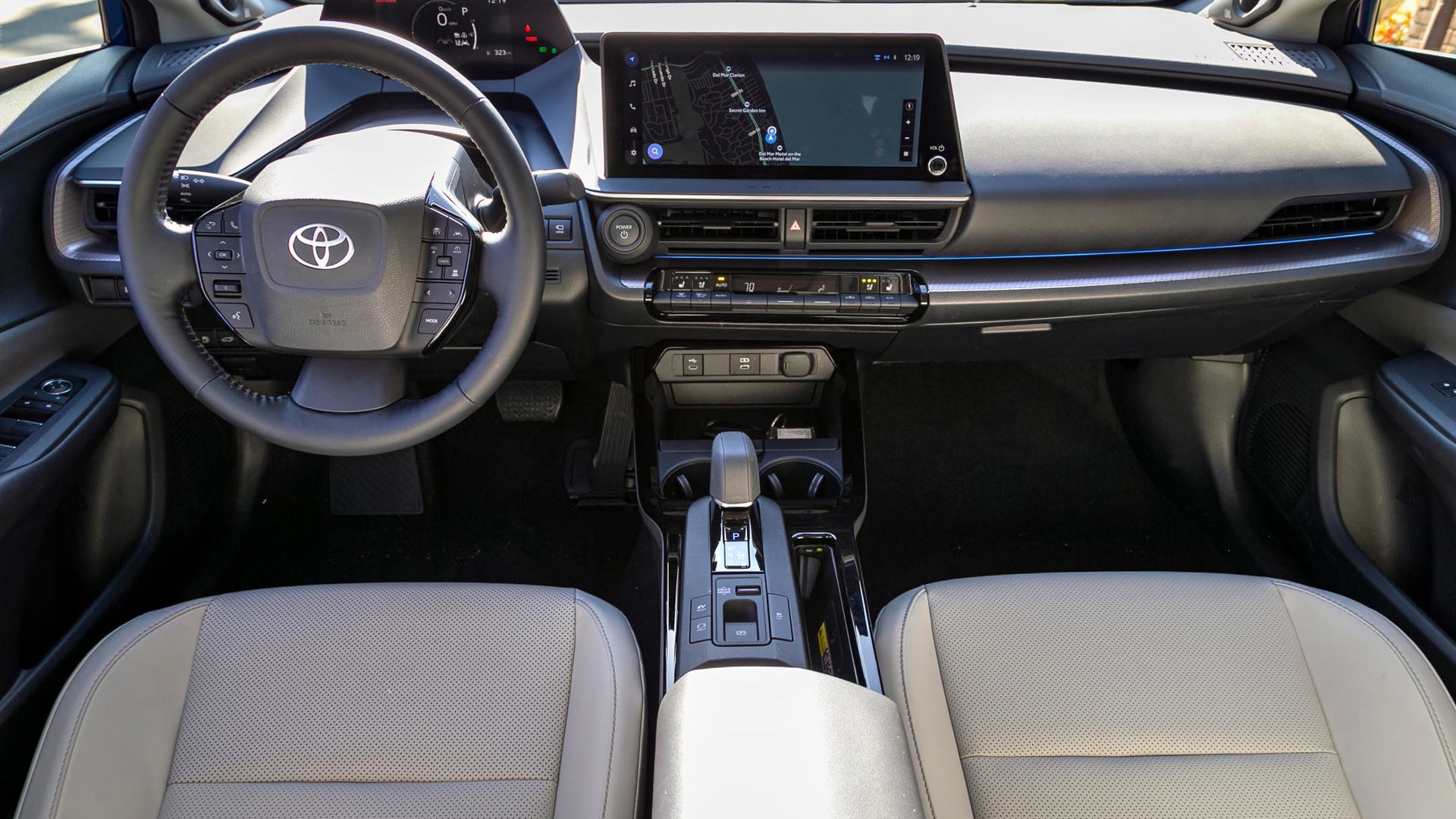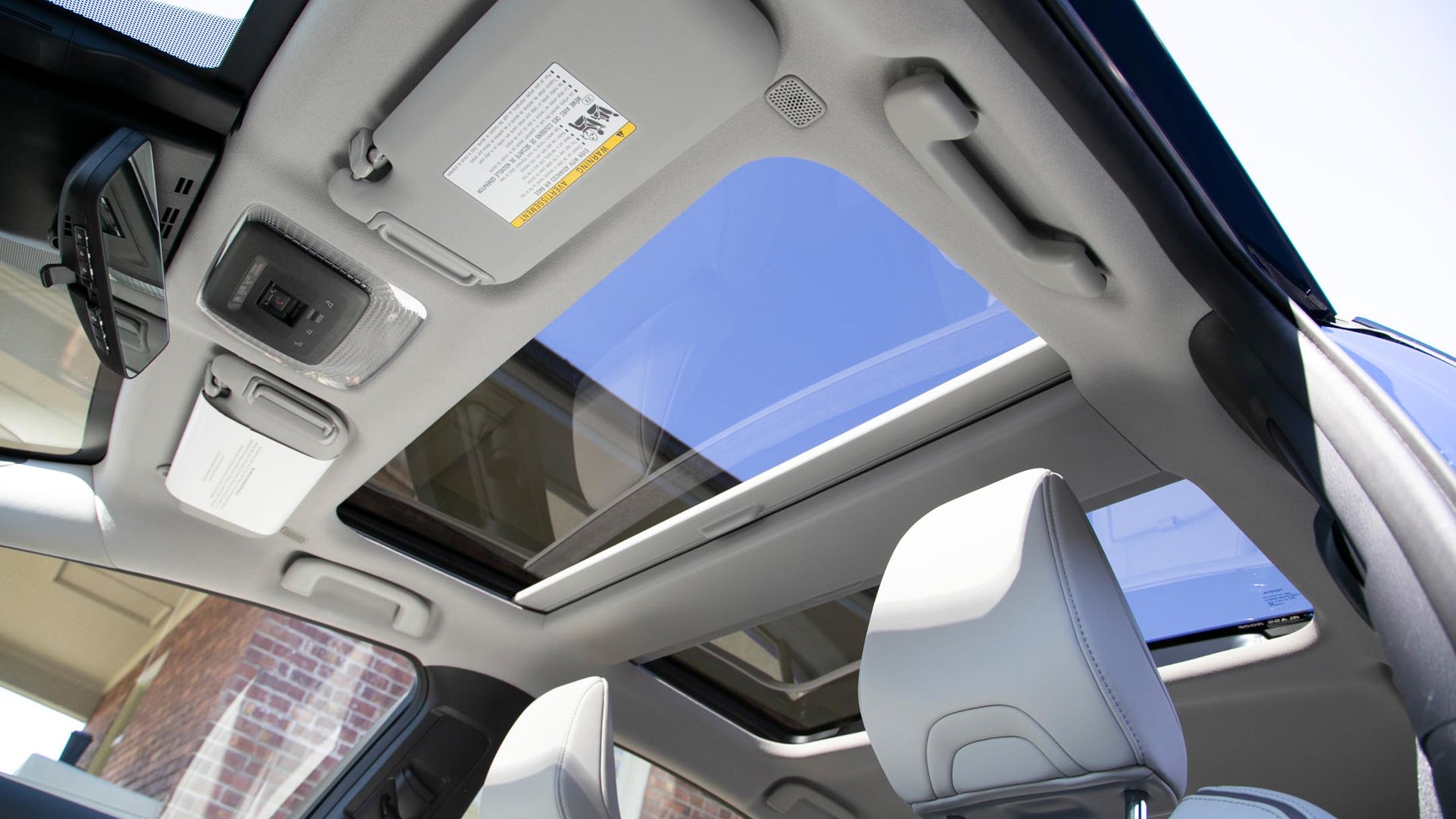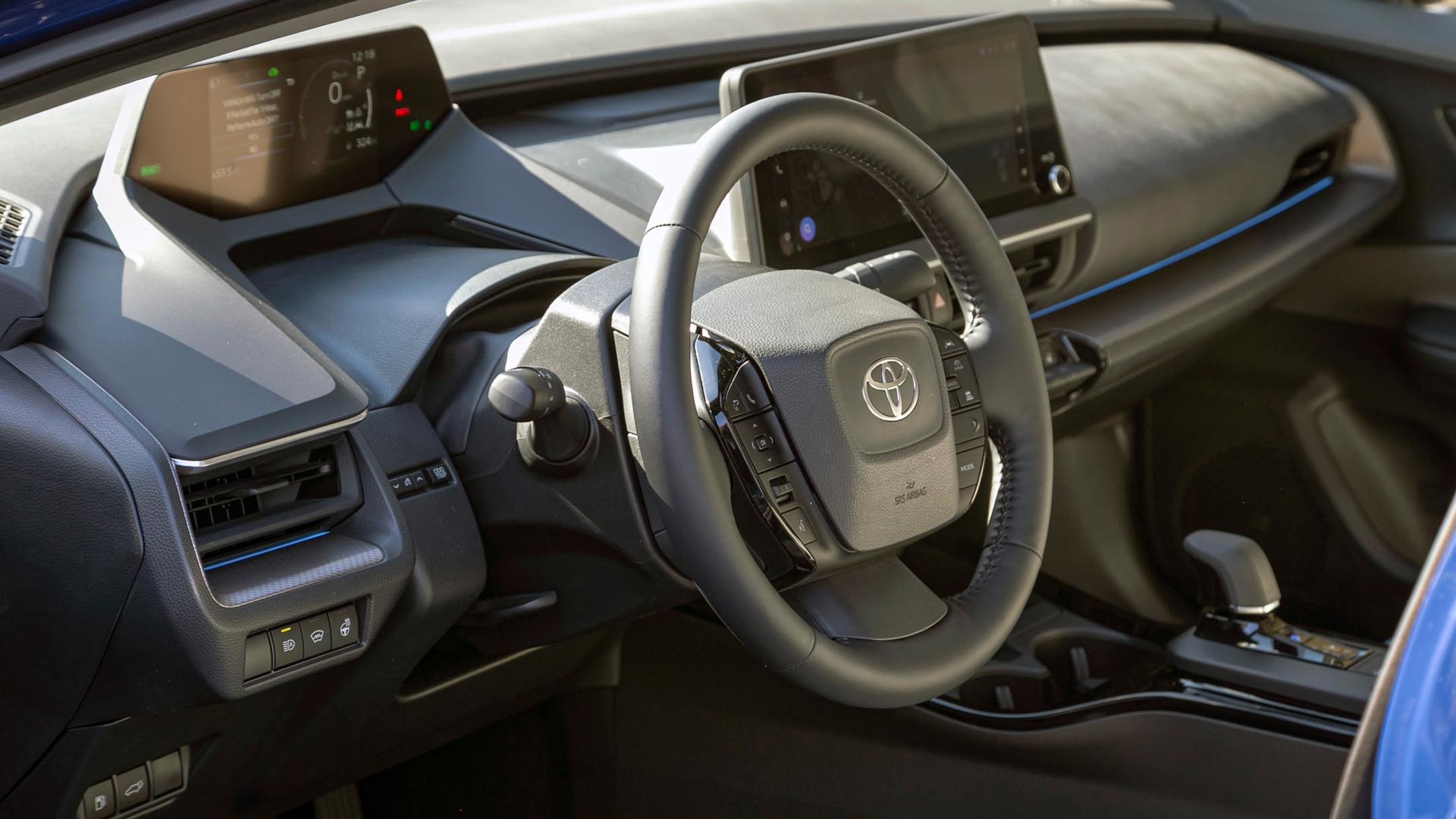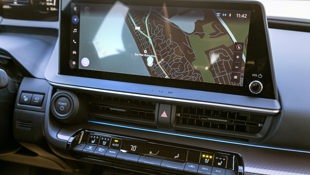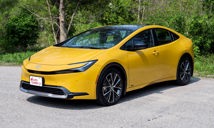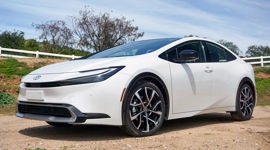We’ve all seen the Hollywood cliché where the studious nerd, shunned and ignored by the popular crowd, has a makeover and suddenly becomes unbelievably attractive. That’s the narrative that has played out with the Toyota Prius, which itself became symbolic of nerdiness in Hollywood comedies (check out The Other Guys or Horrible Bosses for examples), before becoming an automotive hottie.
There’s more to the 2023 Prius makeover than letting down its hair and taking off a pair of glasses in its transformation from frumpy to fabulous. This new car is longer, wider, and, most notably, two inches shorter than the current Prius, and when parked side by side, the visual impact is nothing short of jaw-dropping.
This wasn’t what was supposed to happen with the new Prius, though. Satoki Oya, Project General Manager for Prius, tells of his mandate from the top that was supposed to make this new-generation model more of a commodity than before; a vehicle that would become an ideal taxi for the global market.
Oya-san disagreed, however, and fought for a car that would provoke a strong emotional response from buyers, which is something the Prius has never had before. Based on its appearance alone, from any angle, the new car has already succeeded, but the new Prius also has more substance to back up its style.
Toyota Canada Vice President Stephen Beatty began his tenure with the company more than two decades ago, around the time the first pre-production, first-generation Prius units arrived from Japan to begin gauging Canadian interest in the new-fangled hybrid technology. Beatty took the car on a cross-country road show, offering Canadians a glimpse into a future of electrified automobiles. Time and again, Beatty claims, people would approach the complex Prius with its advanced (for the time) computerization with trepidation, yet come away from a test drive claiming it drove just like a “normal car.” Back then, that’s just what Toyota wanted to hear.
But today, the Prius faces considerable competition from other hybrid, plug-in hybrid, (PHEV) and battery electric (BEV) products that simply didn’t exist when the Prius was new. Toyota’s own Canadian model lineup will soon have no fewer than 15 different electrified models, which leaves space for a more polished and upscale Prius that Toyota believes will be sought by younger buyers and those looking for a more engaging driving experience.
Driving Impressions
The 2023 Prius gets a larger 2.0L gasoline engine, which replaces the outgoing 1.8L, and combined with a more powerful hybrid system, it generates 60 per cent more horsepower, up from a mediocre 121 hp to 196 hp. The net result is a claimed zero-to-100-km/h time of 7.2 seconds, shaving off at least three seconds compared to last year’s model. An opportunity to drive both back to back confirms that the new car is significantly sprightlier, especially from a standstill.
Even still, while appreciably quicker, the Prius continues to have a brief moment of hesitation and, while diminished compared to last year’s, a rubber-band feel to throttle inputs. Moreover, acceleration is accompanied by considerable noise from the engine bay with the four-cylinder moaning coarsely as the continuously variable transmission (CVT) holds elevated revs while the Prius gets up to speed. Those expecting an engaging, sporty drive experience based on the car’s appearance may come away disappointed, but it’s definitely a livelier machine than the one it replaces.
All Canadian Prius models feature all-wheel drive, utilizing a front motor that generates 83 kW (up from 53), and a rear motor that dispenses 30 kW (up from 5.3). The previous generation AWD system was limited to speeds up to 70 km/h, but the new car enjoys its all-wheel drive at all speeds.
While the bump in power is appreciated, the new Prius is much more engaging in its suspension tune. The ride is firm and with its wider stance and lower centre of gravity, the Prius remains surprisingly composed when hustled around corners and has even become fun to drive briskly. The steering is quicker and more precise, if not much more communicative, than last year’s car. And yet, while stiffer than before, the suspension still soaks up bumps in a way that’s usually reserved for premium European cars.
Fuel Efficiency
The Prius was already among the fuel-sipping champions, and despite its increased performance and weight, the new car retains its combined average of 4.8 L/100 km. After a brisk drive through the mountains, a brief stint on the highway, and puttering along in the city, our test car showed an indicated 5.0 L/100 km.
The hybrid system is said to offer quicker regeneration than last year’s model, and drivers can still choose “B” on the gear selector for increased regenerative braking. When hustling the Prius through the mountains, the computer called up engine revs to a startling roar with throttle lift-off, even on modest downhill stretches, to increase engine braking and prevent over-charging the battery. The fuel tank shrinks from 42 L to 40 L in this new car, reducing its overall range.
Interior
The previous-generation Prius interior lived up to the car’s frumpy reputation, but the cockpit redesign for the new car is every bit as dramatic as the exterior makeover. Most notably, the 7.0-inch gauge display has finally been moved from the centre of the dashboard to its rightful position in front of the driver. It’s mounted much higher than most gauge displays, with the display view above the steering wheel rim. It’s a system that works surprisingly well and puts information closer to the driver’s field of vision, negating the need for a head-up display.
The central dash is dominated by a 12.3-inch touchscreen in Limited trim cars and an 8.0-inch display in XLE models. It represents Toyota’s latest infotainment system with a bright and crisp display, offering great responsiveness during our drive, plus smooth wireless connectivity to Apple CarPlay. There’s also an advanced voice recognition system that’ll execute commands to adjust climate, audio, or even activate the wipers if desired.
The front seats are larger and more comfortable than those in last year’s car, but the overall interior volume has shrunk from 2,636 L to 2,582 L. The new Prius’ second-generation platform pushes the wheels further to the corners of the car, creating a longer wheelbase that offers notably more leg room than last year’s car. But the significantly lower roof height reduces headroom front and rear. The reduced headroom, coupled with a more steeply raked windshield had this average-height reviewer feeling like his forehead was perilously close to the top edge of the windshield, even with the seat in its lowest setting.
Cargo space has been noticeably reduced with a much shallower hold offering 575 L of volume compared to last year’s 697 L. The rear seat can still split 60/40 and fold flat, opening up a larger hold.
All Canadian Prius models will come standard with Toyota’s Safety Sense 3.0 suite of active and passive safety features that include updated automated braking and collision avoidance systems.
Price Increase
The 2023 Prius will be offered in the very well-equipped XLE AWD trim for $36,490 that includes 19-inch wheels, heated front seats and steering wheel, a wireless phone charger, and an 8.0-inch multimedia touchscreen. Stepping up to the Limited AWD for $42,990 nets the 12.3-inch touchscreen, a premium sound system, a fixed glass panoramic roof, ventilated front seats, a power liftgate, and Toyota’s new automated parallel and perpendicular parking system.
Pricing has gone up considerably for the Prius as it moves into new, stylish territory where it has become a more engaging and premium machine than before. Toyota is hopeful that a growing group of buyers are feeling a renewed love for cars in this age of SUVs and that the new Prius can become a fashionable choice in the Canadian automotive landscape.
The first of the 2023 Prius models should begin arriving in Canadian showrooms in early 2023, while the Prius Prime PHEV is expected to follow within a few months. Sales of the new Prius are expected to rise sharply, and while the Japanese manufacturing plant is set to crank out as many Priuses as possible, supply chain challenges remain, especially with electrified vehicles, so wait times may continue to challenge consumer patience.
Final Thoughts
Toyota has given the Prius the confidence to let down its hair and be sexy for once, and with improved performance to bolster its new attitude, the venerable hybrid is just as likely to attract the attention of car buyers who never would have looked twice at a Prius as much as rekindle the romance with current owners.
